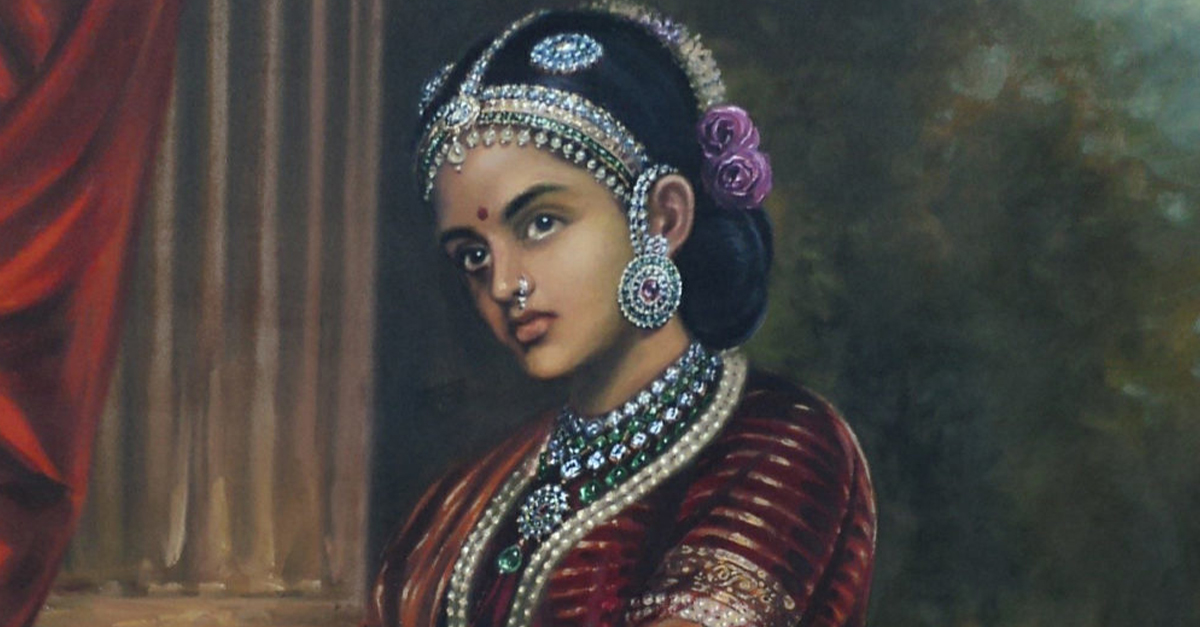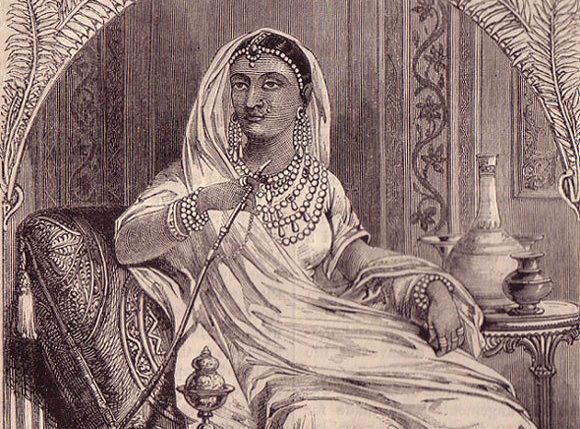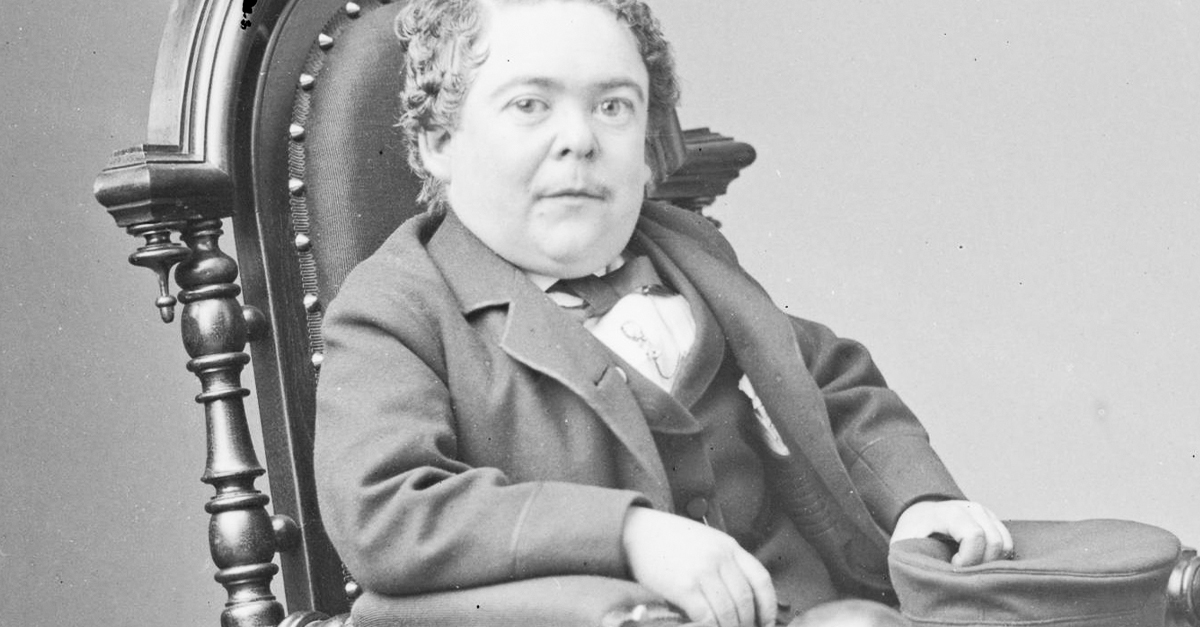Rani Lakshmi Bai went down in history as one of colonizing Britain's fiercest enemies, alongside fighters like Jind Kaur and Duleep Singh. But few people know the Rani's utterly dramatic and tragic story.
1. She Was Born Into Luxury
The future Hindu Queen was born in November of 1828 with a silver spoon firmly in her mouth. Her father was a military commander for the ruling Peshwa, and her family were Brahmins, an extremely high caste in Indian society. You might expect, then, that she would have a traditional upbringing. Well, it was anything but.
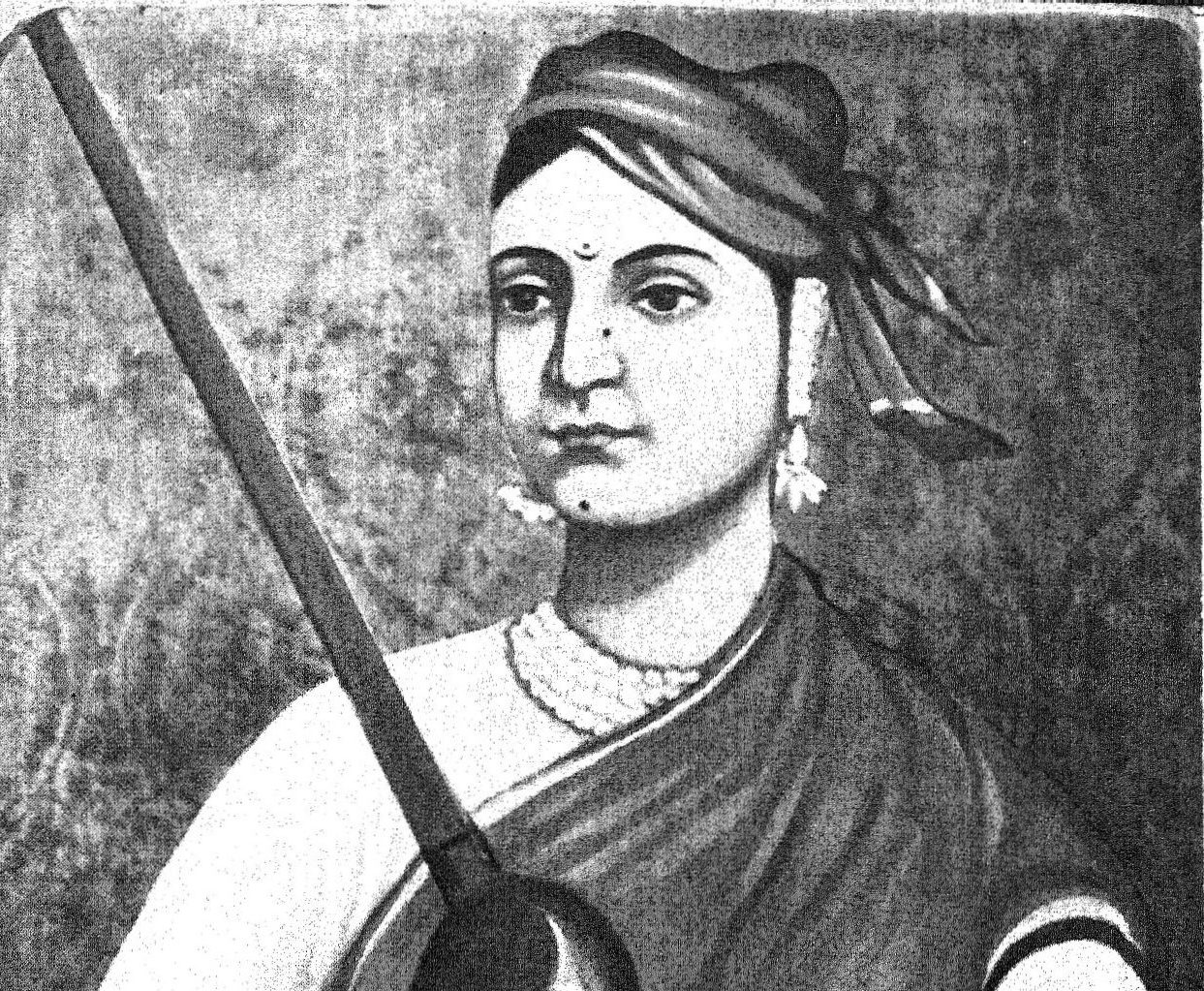 Unknown Author, Wikimedia Commons
Unknown Author, Wikimedia Commons
2. She Lost Her Mother
When Lakshmi Bai was only four years old, she went through every child's worst nightmare. Her mother passed, leaving her almost entirely alone in the world. However, that wasn't the only change headed her way: Now that her mother was gone, she ended up in her father's care. And that was one wild ride.
 The Warrior Queen of Jhansi (2019), Roadside Attractions
The Warrior Queen of Jhansi (2019), Roadside Attractions
3. She Grew Up In The Court
After Lakshmi Bai's mother passed, her father became her primary caretaker. As such, He brought her to the court of his boss, the ruling Peshwa. There, she learned to read and write, plus earned the nickname "Chhabili," which means "cheerful" or "beautiful". But these were not her only accomplishments.
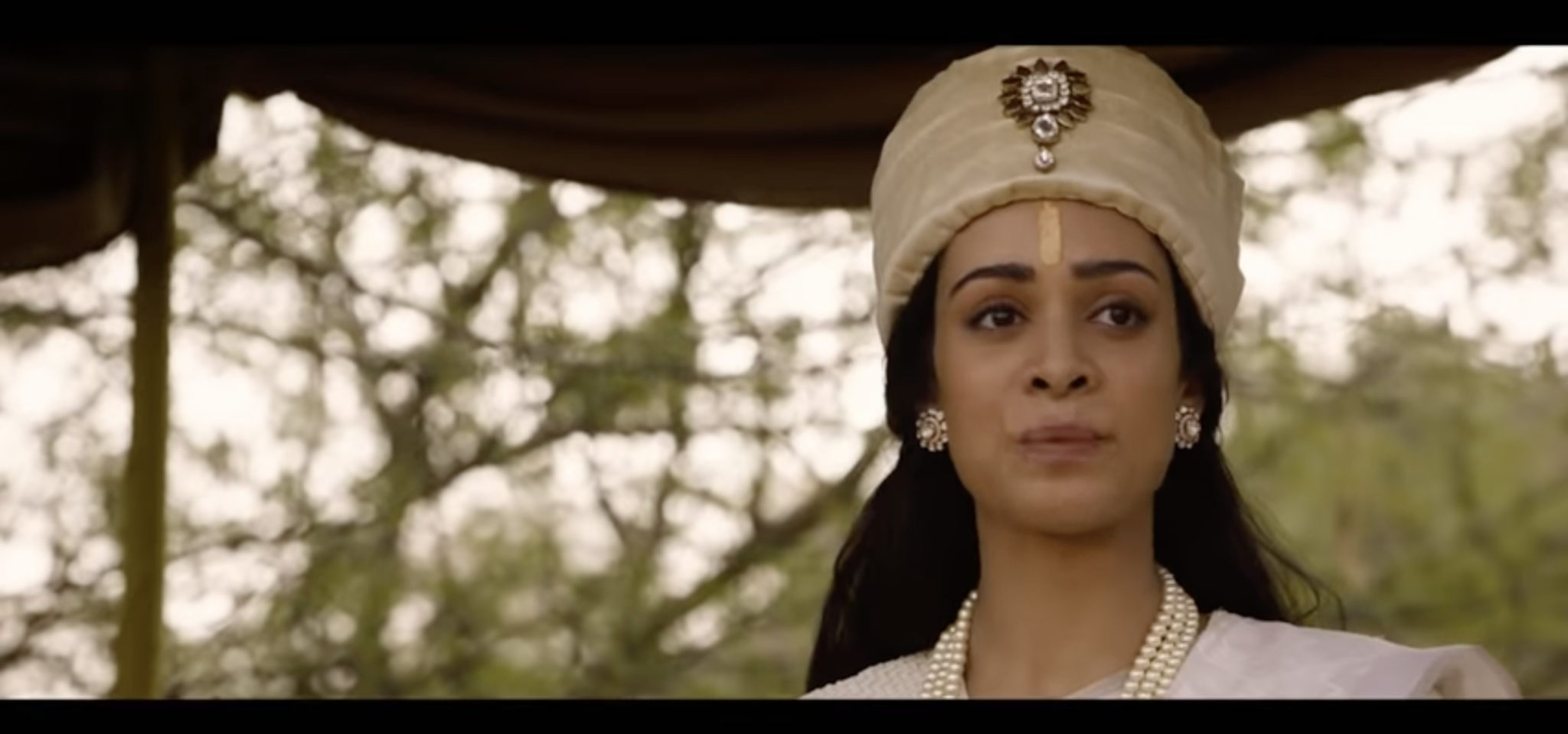 The Warrior Queen of Jhansi (2019), Roadside Attractions
The Warrior Queen of Jhansi (2019), Roadside Attractions
4. She Was Tough
With her father her only parental figure, it wasn't long before Lakshmi Bai became something of a tomboy. Under his guidance, she learned marksmanship, horsemanship, and fencing—all off which were unusual for a Brahmin girl. She also made fast friends with Nana Sahib and Tantia Tope, two high-ranking boys who became her constant childhood companions.
She was now a martial arts machine...but that wasn't the only way she was combative.
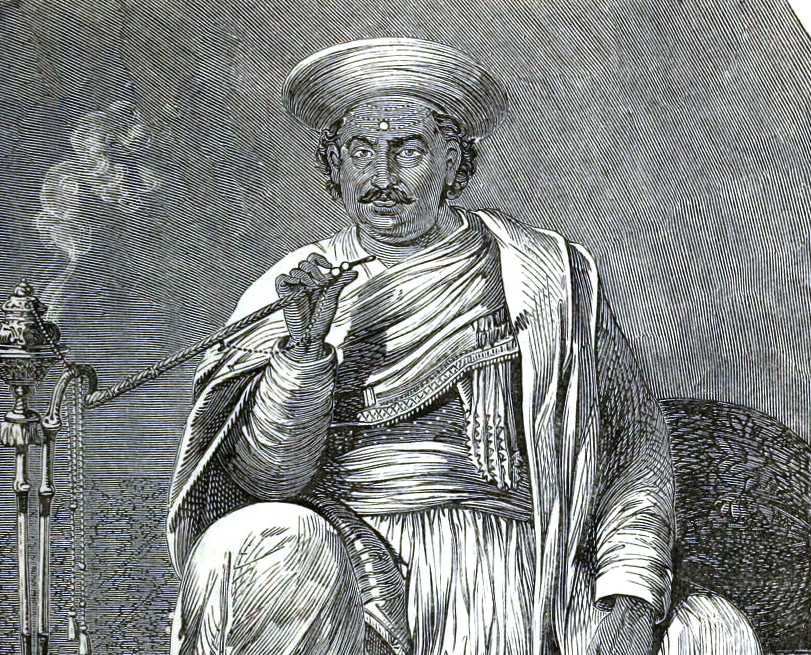 Charles Forjett, Wikimedia Commons
Charles Forjett, Wikimedia Commons
5. She Challenged Tradition
Lakshmi Bai was bold and brave. Even in childhood, she was infamous for her courage and her defiant spirit. Although she could have often been carried in a palanquin, she preferred to ride horseback on her own. She also protested everything and was unafraid to voice her opinion. Still, there was one tradition she couldn’t shake off.
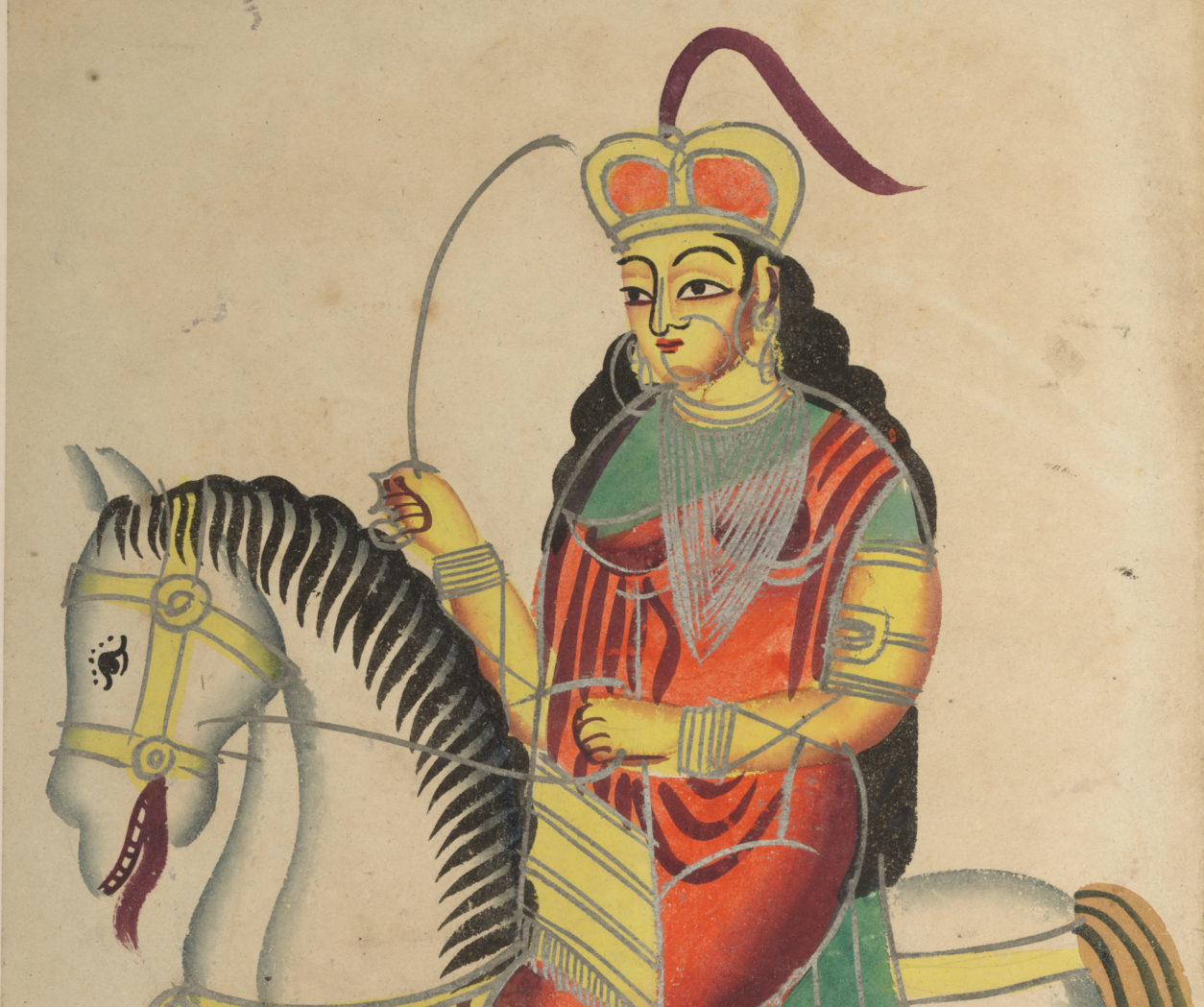 Cleveland Museum of Art, CC0, Wikimedia Commons
Cleveland Museum of Art, CC0, Wikimedia Commons
6. She Was A Child Bride
As she grew up, Lakshmi Bai got closer to an awful fate. After all, tomboy or not, her father still expected her to marry someone of her station—and quick. When she was only around 14 years old, she married Gangadhar Rao, the Maharaja of Jhansi. Yes, Lakshmi Bai was now a Rani, or a Queen. But this was no fairy tale.
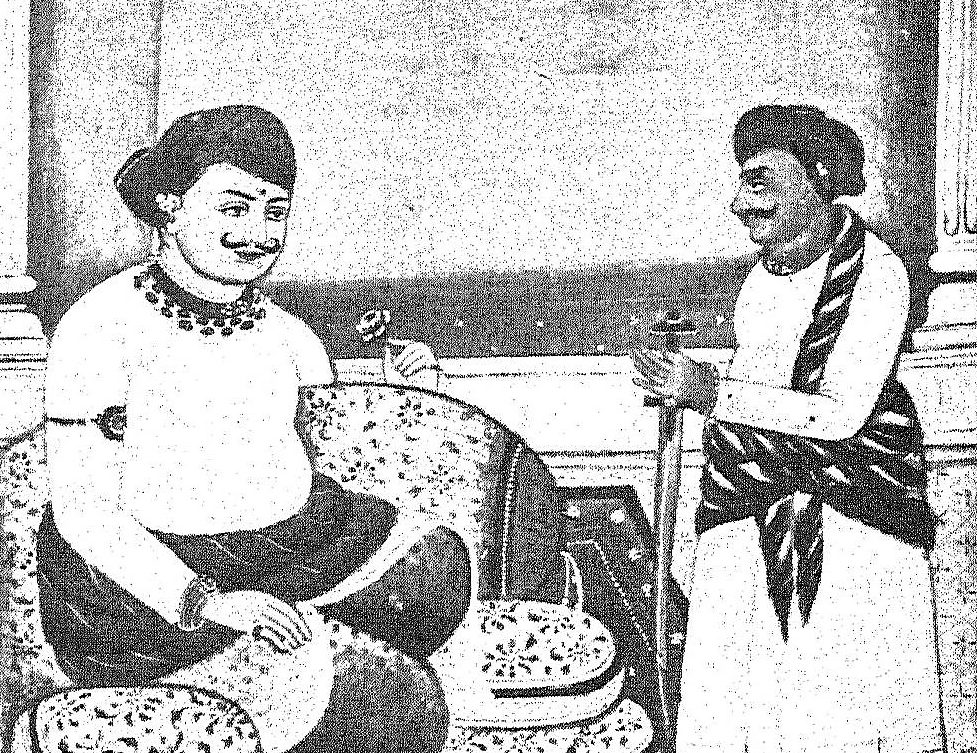 Unknown Author, Wikimedia Commons
Unknown Author, Wikimedia Commons
7. Her Husband Was Much Older
Lakshmi Bai’s new husband wasn't all bad; he enjoyed arts and literature and had a big personal library. Nonetheless, he was also much older than the poor girl, who had barely hit puberty at this point. Plus, since his last wife had died childless, there was a huge push for Laskhmi Bai to give him an heir, stat. So began her transformation.
8. She Changed Her Name
It's customary for Indian women of high castes to change their names upon marriage and to adopt a new persona. During her wedding ceremony, the young girl assumed her new identity as Rani Lakshmi Bai of Jhansi. She received the name "Lakshmi" after an Indian Goddess of Wealth, and "Bai" is one of the titles a Rani takes on.
Lakshmi Bai had gone from a bold, combative young girl to a queen shouldering exceptionally high expectations. Her new-found status came with a price.
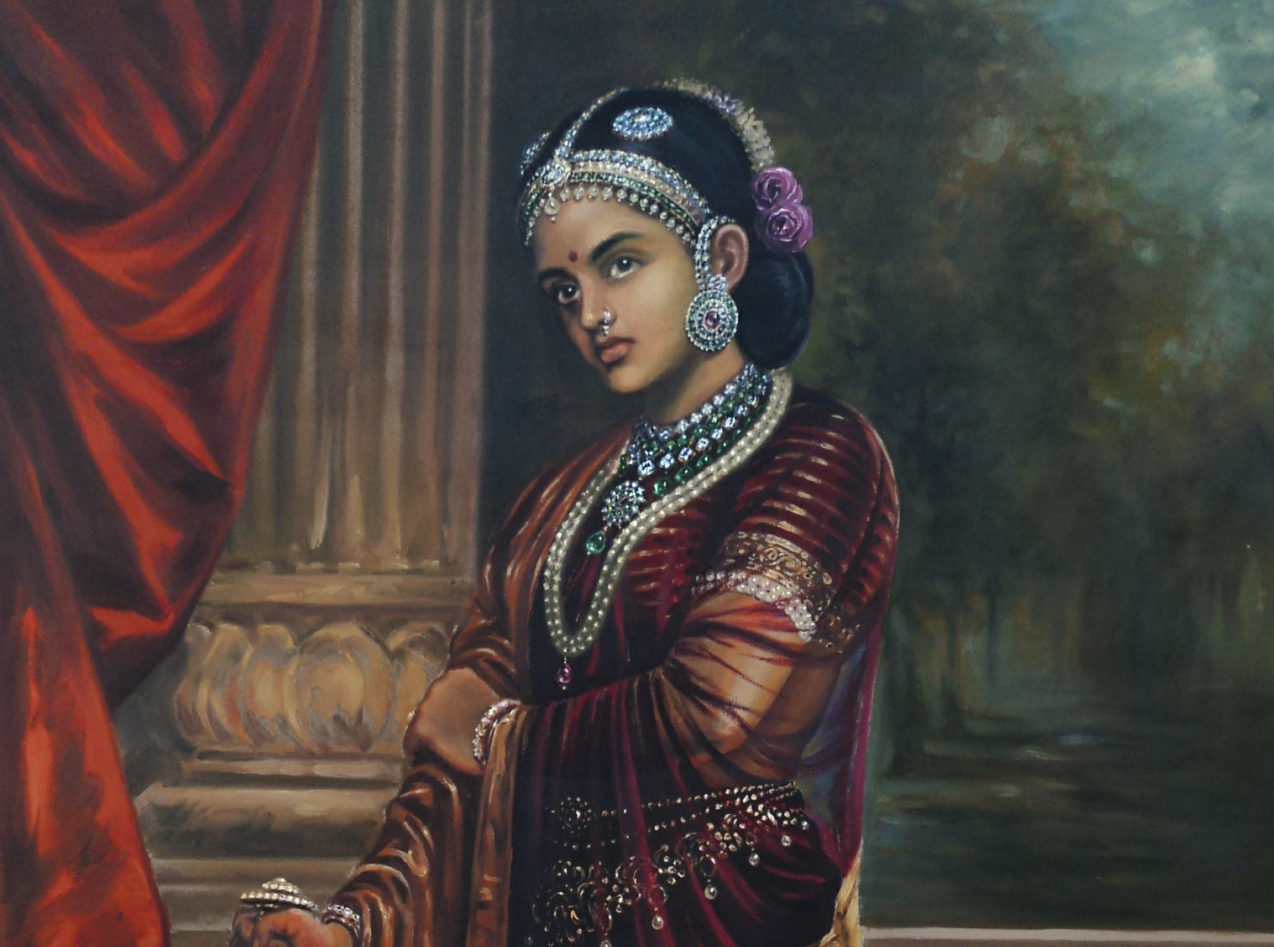 the lost gallery, CC BY 2.0, Wikimedia Commons
the lost gallery, CC BY 2.0, Wikimedia Commons
9. She Bared It All
Lakshmi Bai’s royal marriage meant that she now had strict rules of conduct to follow—something she was not good at. There was one thing in particular that infuriated her. The independent Lakshmi Bai refused to follow the purdah system, where women had to wear veils and cover up in public. Then she went one step further.
 The Warrior Queen of Jhansi (2019), Roadside Attractions
The Warrior Queen of Jhansi (2019), Roadside Attractions

History's most fascinating stories and darkest secrets, delivered to your inbox daily.
10. She Dressed Like A Man
It wasn't enough for Lakshmi Bai to refuse to submit to purdah; she also began wearing a turban around. As this was a customarily masculine item of clothing, it was particularly scandalous. In her transformation into a Rani, then, Lakshmi Bai changed the system rather than letting the system change her. It would be her doom, but also her legacy.
 The Warrior Queen of Jhansi (2019), Roadside Attractions
The Warrior Queen of Jhansi (2019), Roadside Attractions
11. She Had An Incredible Skill
Lakshmi Bai also wasn't afraid to show off her skills, especially when it came to riding horses. She was a constant rider, and even did feats of dressage with them. As one source describes, "she would do high jumps over hedges, jumps over trenches, suddenly stop the horse and make it sit". Still, her real defiance was in one, earth-shattering act.
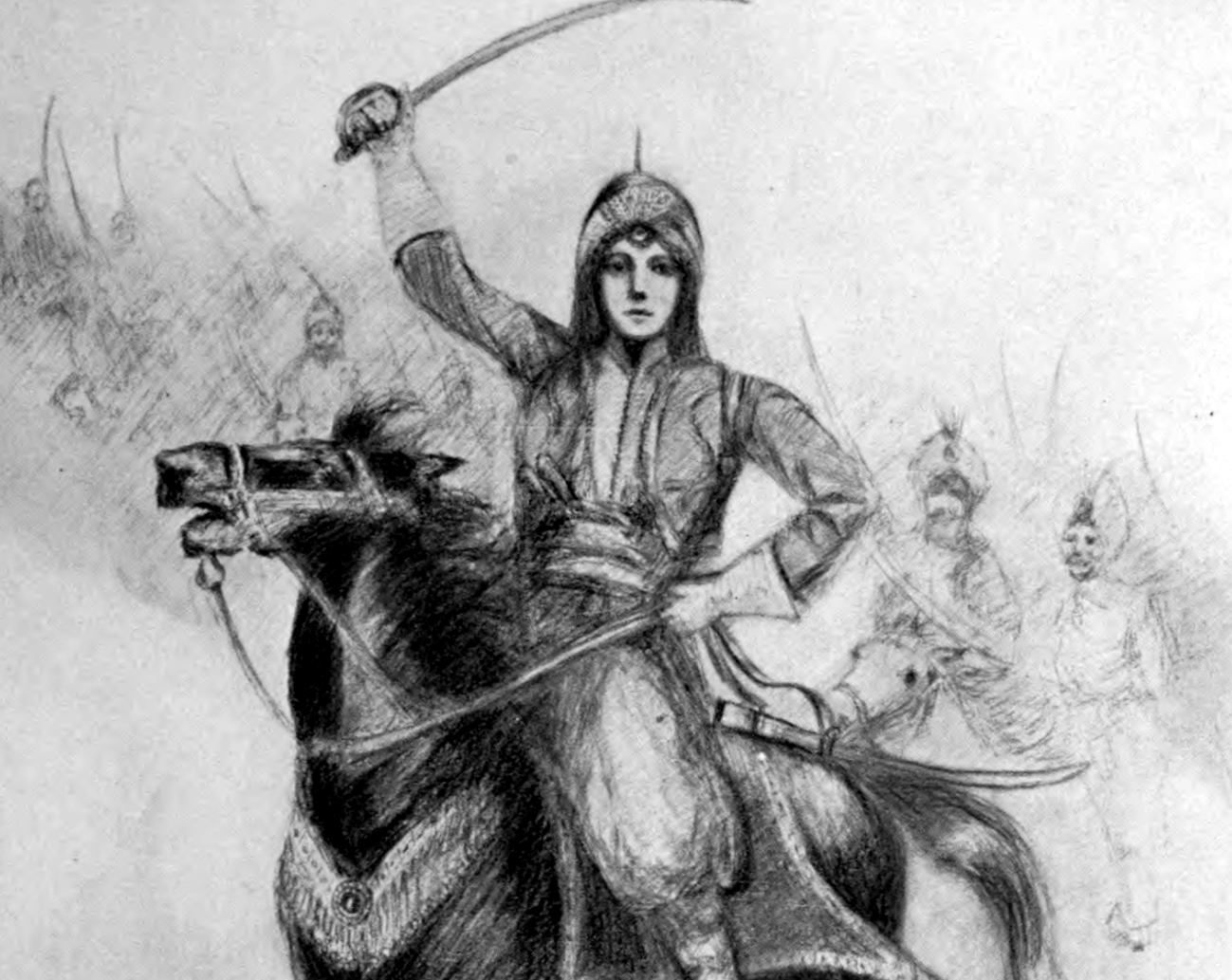 Michael White, Wikimedia Commons
Michael White, Wikimedia Commons
12. She Shared Her Privilege
In an India where the caste system ruled, high-ranking Hindus like Lakshmi Bai weren't supposed to even look at people of certain lower castes. But Lakshmi Bai was having none of that. She frequently talked to people of all sorts of castes, and looked her acquaintances boldly in the eye. Her bravery didn't stop there, either.
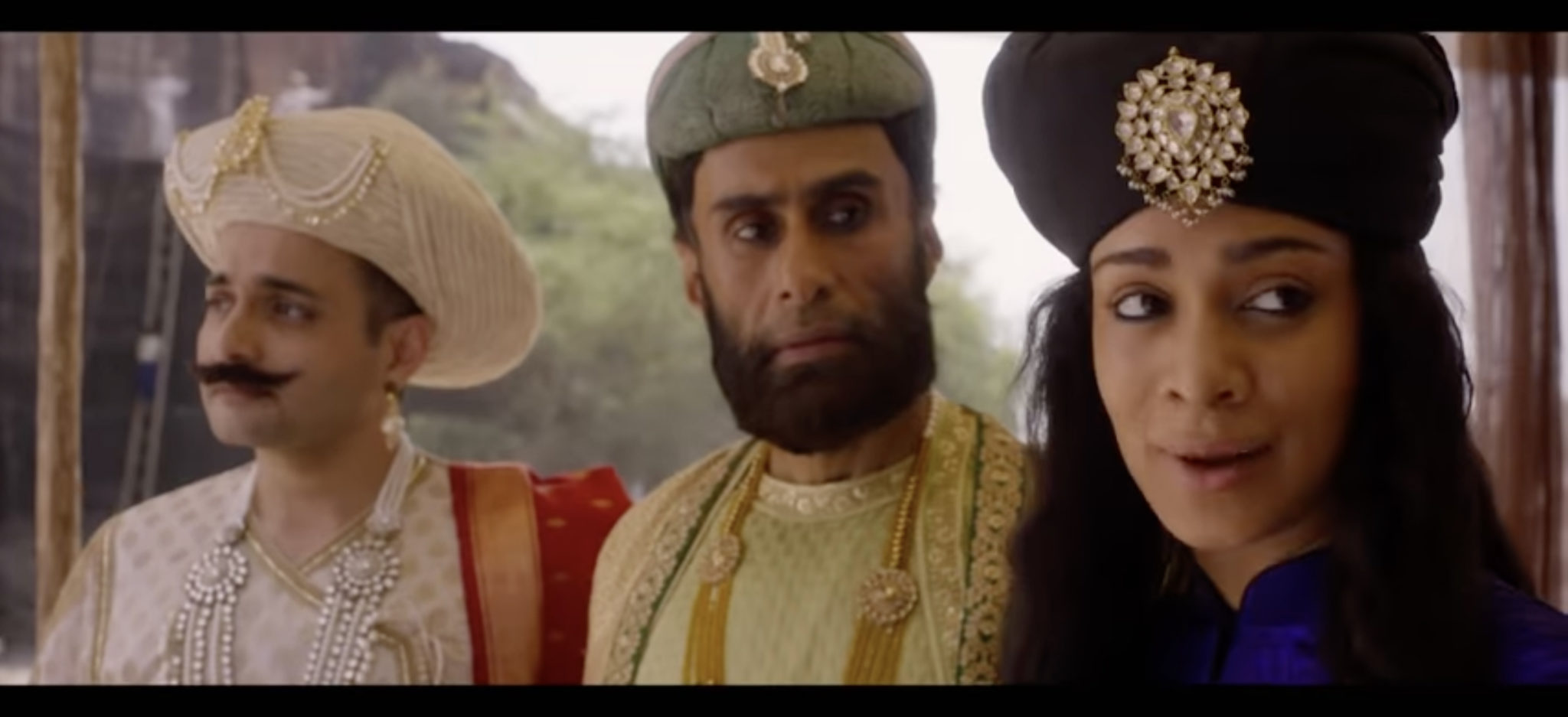 The Warrior Queen of Jhansi (2019), Roadside Attractions
The Warrior Queen of Jhansi (2019), Roadside Attractions
13. She Trained Her Own Army
As the Queen of Jhansi, Lakshmi Bai's husband wouldn't let her continue her military training in a formal way. So she came up with a much different solution. She began training her own ladies in the martial techniques she'd learned as a child, building up her own informal army. But life was about to throw her another curveball.
 The Warrior Queen of Jhansi (2019), Roadside Attractions
The Warrior Queen of Jhansi (2019), Roadside Attractions
14. She Was A Teenage Mom
Soon after marrying the Maharaja, Lakshmi Bai gave birth to a beautiful baby boy she named Damodar Rao. As far as tradition was concerned, she had now fulfilled her destiny as the Rani of Jhansi, giving its ruler a male heir. If her life had continued on that happy path, it might have turned out very differently. But tragedy was coming.
 The Warrior Queen of Jhansi (2019), Roadside Attractions
The Warrior Queen of Jhansi (2019), Roadside Attractions
15. She Lost Her Son
Unfortunately, it wasn't in the cards for Lakshmi Bai to raise her son. Instead, she got yet another family nightmare: After suffering through a chronic illness, the boy perished at the four months old. Not only did it throw Lakshmi Bai into a tailspin of grief, but now her realm had no heir once more. It was about to get even more precarious.
 The Warrior Queen of Jhansi (2019), Roadside Attractions
The Warrior Queen of Jhansi (2019), Roadside Attractions
16. Her Husband Fell Ill
Not long after their infant son’s passing, the Maharaja got sick, and then kept getting sicker. His body was falling apart before their very eyes, yet if he died right then and there he would leave his kingdom in turmoil. The people of Jhansi knew they had to find a solution—fast. Lakshmi Bai wasted no time coming up with one.
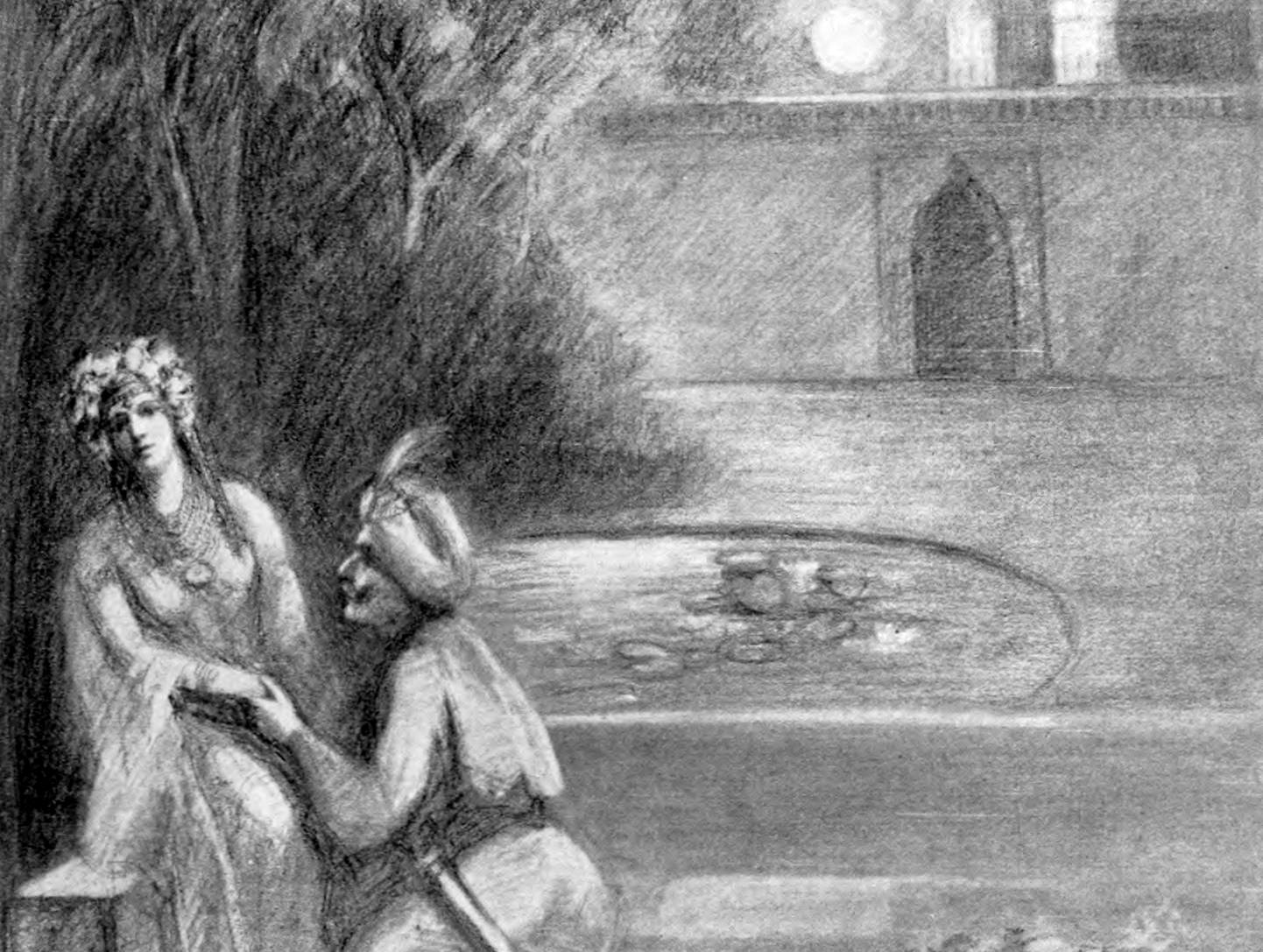 Michael White, Wikimedia Commons
Michael White, Wikimedia Commons
17. She Adopted An Heir
With the Maharaja fading fast, the royal couple quickly adopted a distant relative, the young boy Anand Rao. This had a creepy twist. To ensure everything was as seamless as possible, they renamed the boy Damodar, after their fallen son. With his new name, Damodar version 2 was now the heir to the throne of Jhansi. Until, that is, it instantly unravelled.
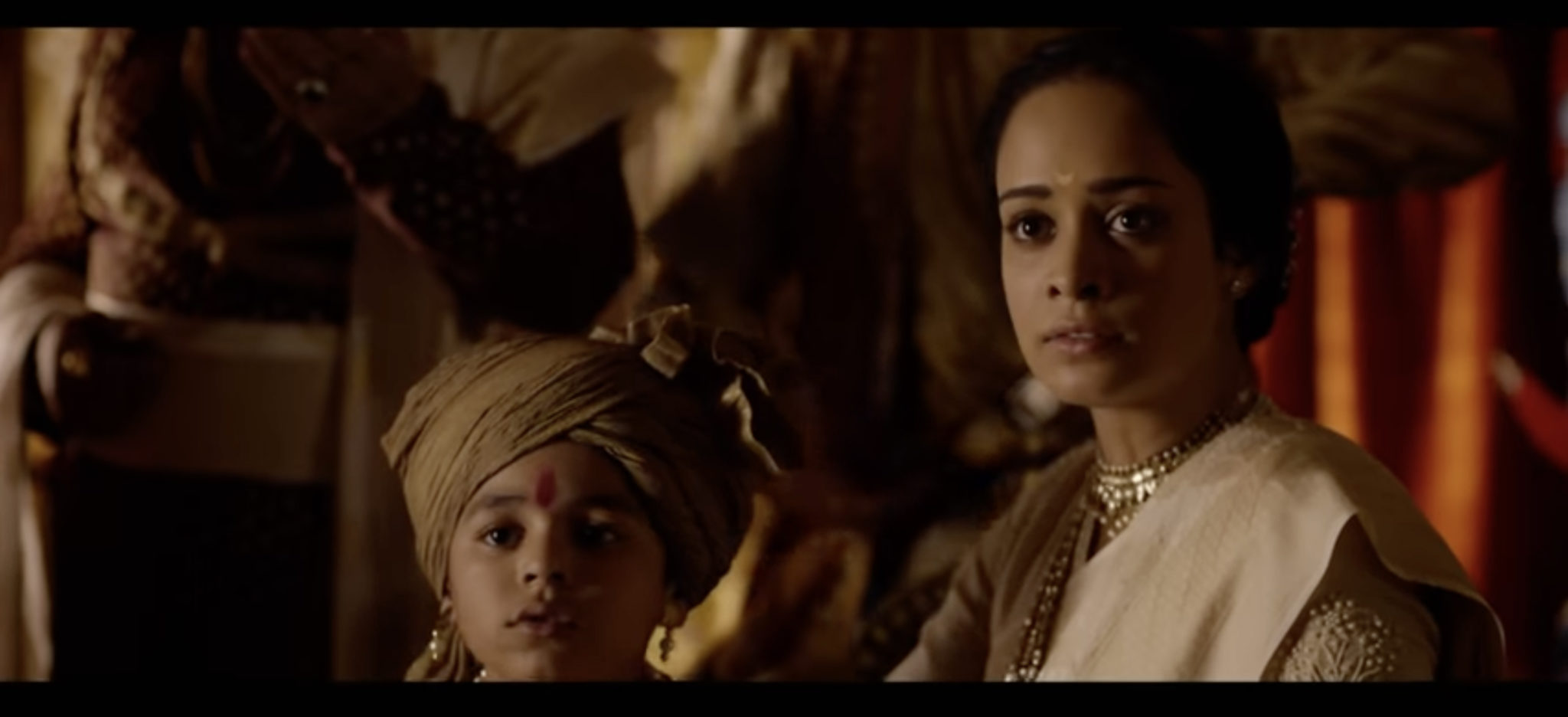 The Warrior Queen of Jhansi (2019), Roadside Attractions
The Warrior Queen of Jhansi (2019), Roadside Attractions
18. She Refused To Sacrifice Herself
Just a day after Lakshmi Bai and her husband officially adopted Damodar, the Maharaja finally succumbed to his long illness and passed. In true defiant fashion, Lakshmi Bai then proceeded to ignore the Indian custom of a widow immolating herself after her husband's death, and went about starting to rule Jhansi as regent for her new son. It wasn't easy—and she made a strange mark.
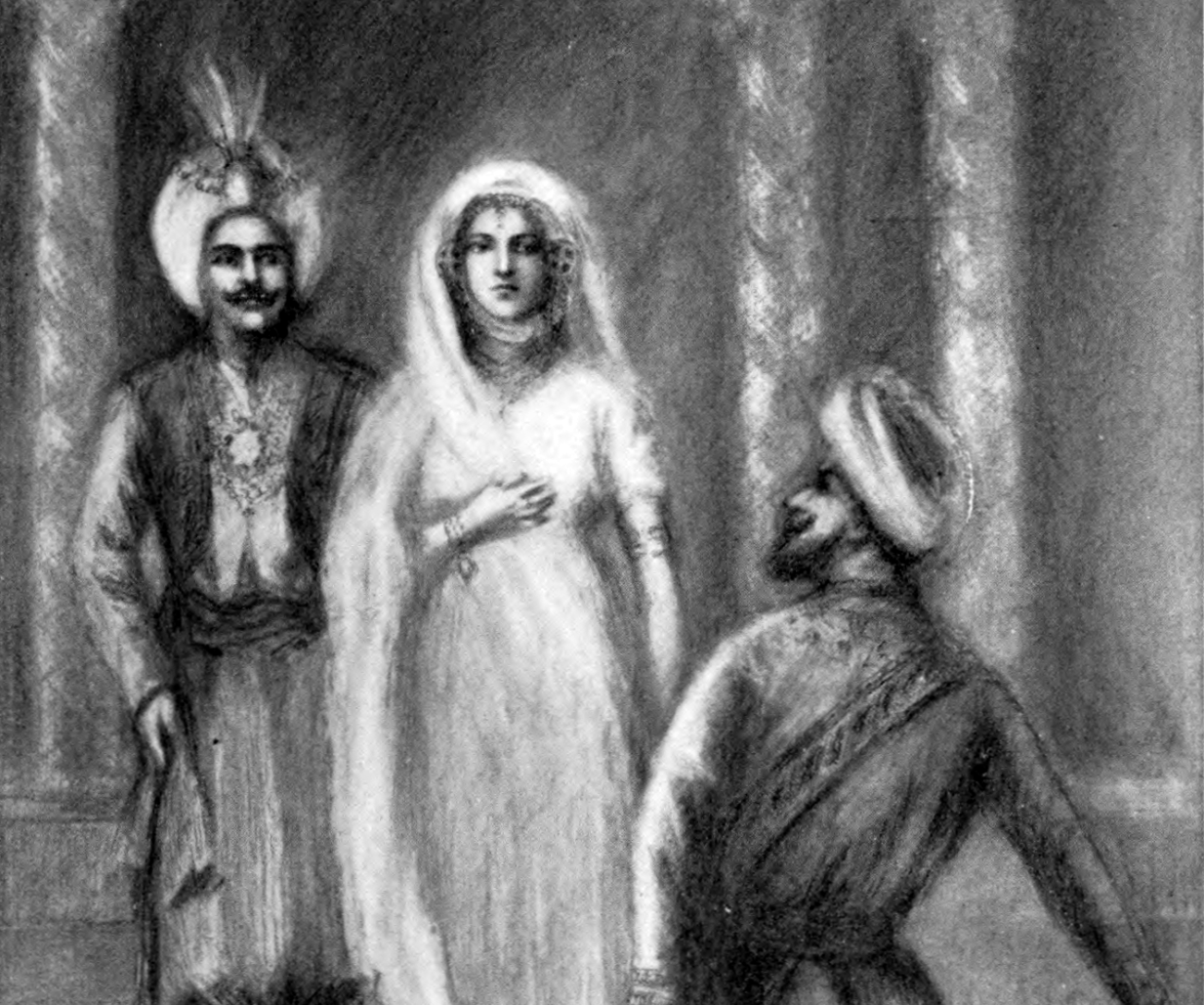 Michael White, Wikimedia Commons
Michael White, Wikimedia Commons
19. She Strengthened Her Kingdom
Lakshmi Bai had been famous in her own local area for her bravery and free-spirited thinking, but as her power over Jhansi grew, so did her reputation. People soon knew her across India as a just, fearless ruler who was as intelligent as she was strong. Nonetheless, her rise to fame started to attract attention—a very bad kind of attention.
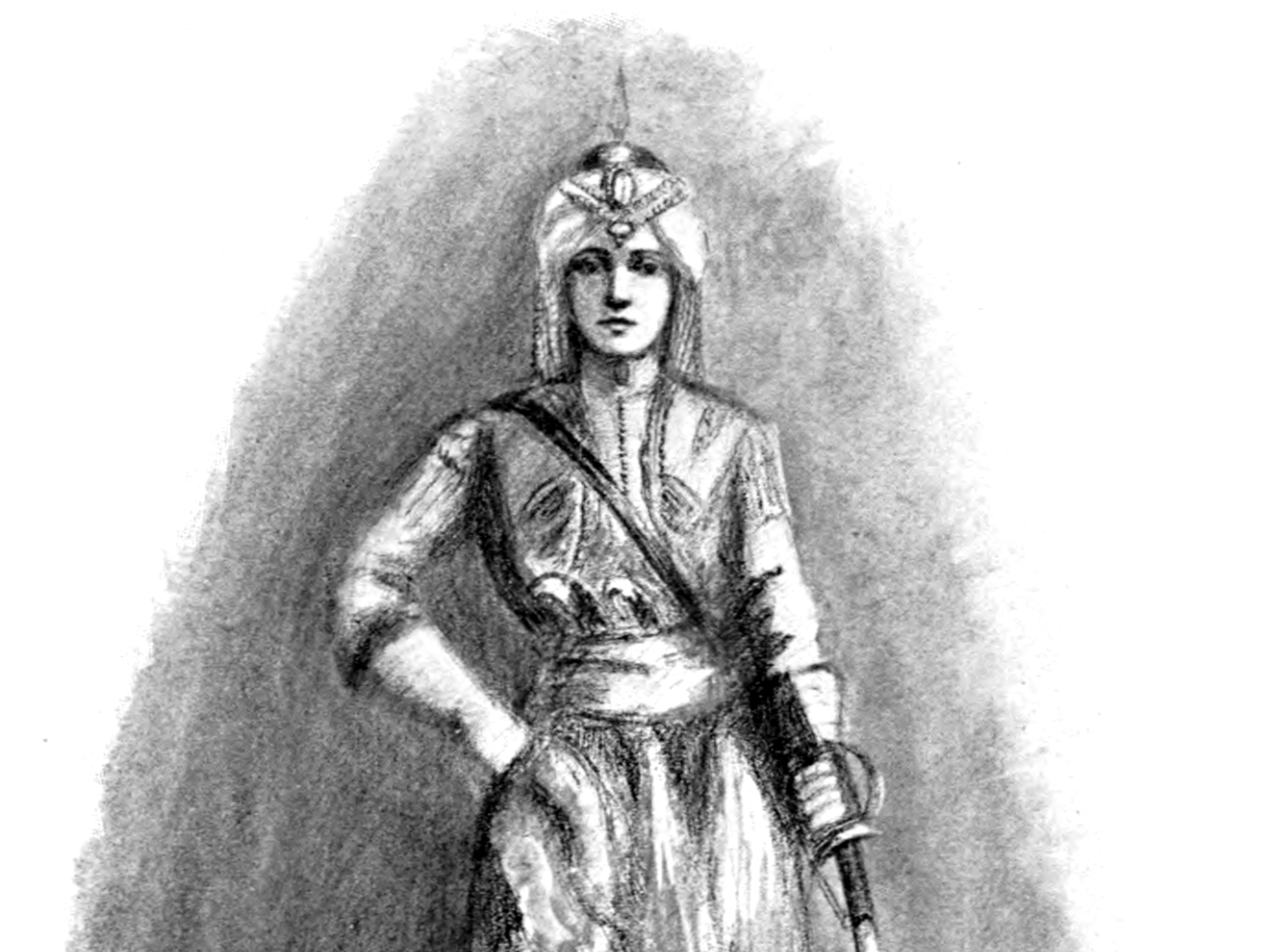 Michael White, Wikimedia Commons
Michael White, Wikimedia Commons
20. The British Played Her
Lakshmi Bai was riding high—but then came her greatest enemy. The British had been interfering in India for quite some time, and they decided that they needed to take this upstart Rani down a peg. They hit her right where it hurt. British East India Company officials took one look at the Maharaja’s heir, his adopted son, and insisted the heir had to be a direct blood relative.
So suddenly, Lakshmi Bai's realm had no heir at all. It was dizzying news, and the consequences on the new queen were bitter.
 The Warrior Queen of Jhansi (2019), Roadside Attractions
The Warrior Queen of Jhansi (2019), Roadside Attractions
21. They Ordered Her To Leave
When the British decided Jhansi had no true ruler, it had far-reaching effects. Not only were they now going to annex Jhansi to surrounding Indian states, but they also demanded that Lakshmi Bai leave behind her palace and everything in it. For her troubles, she would only get an annual pension.
As we already know, Lakshmi Bai did not take well to orders. What she did next shocked the authorities.
 The Warrior Queen of Jhansi (2019), Roadside Attractions
The Warrior Queen of Jhansi (2019), Roadside Attractions
22. She Uttered A Legendary Phrase
Lakshmi Bai was a powerhouse who ruled more like a businesswoman than a queen, and she was afraid of no one. So, when the British asked her to leave her estate, she said no, replying, "I will not give up my Jhansi”—a phrase that is iconic in India today. But taking on the British was an uphill battle, and the worst was yet to come.
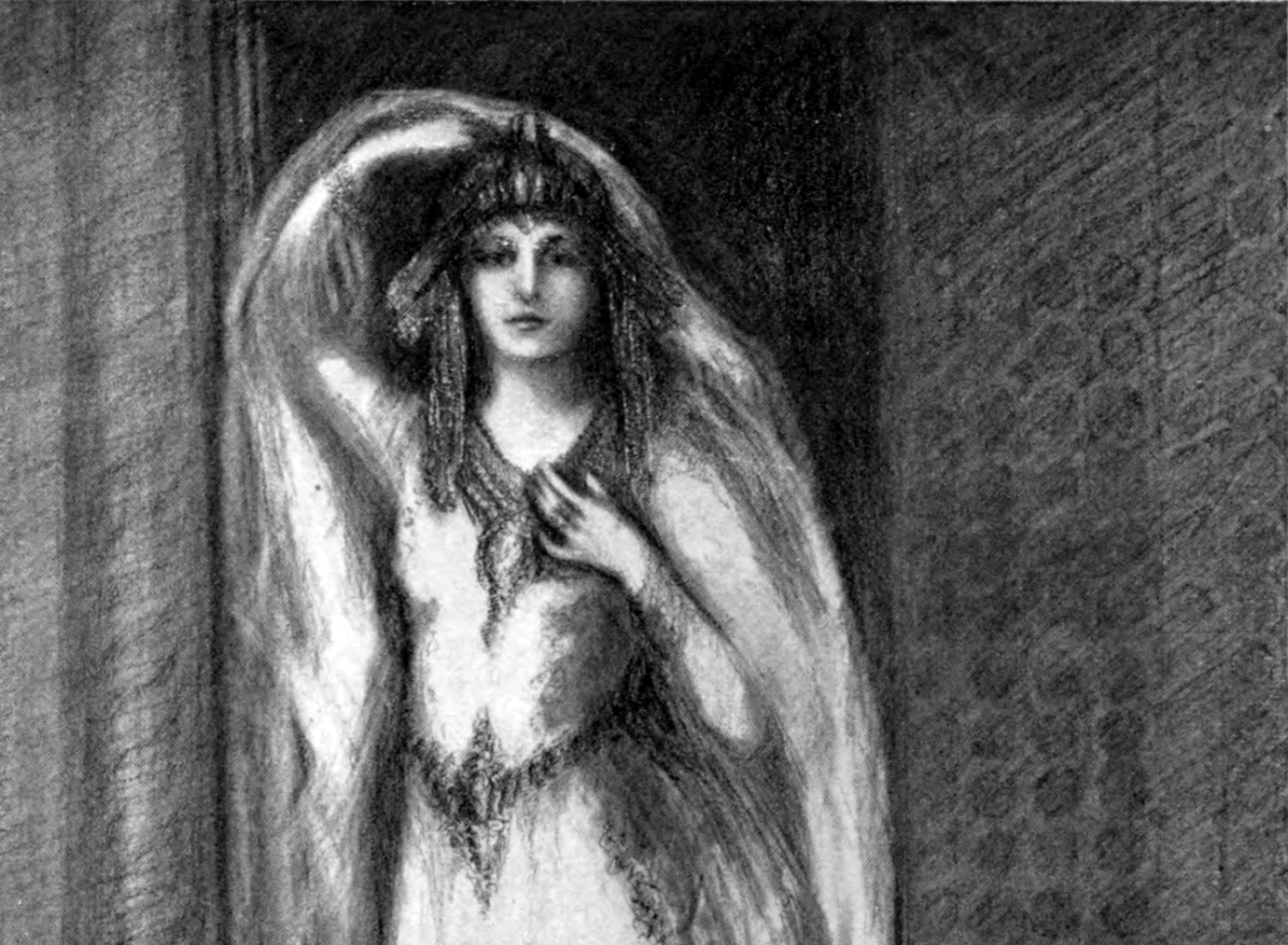 Michael White, Wikimedia Commons
Michael White, Wikimedia Commons
23. She Was On The Hook
Although Lakshmi Bai wrote many appeals over the British East India Company's decision on her heir, they fell on deaf ears, and it wan't long before the British edged her out of her own palace. It gets more infuriating. Although the officials did give her a pension, they nonetheless forced her to pay off her husband's debts with part of the money. Then they added insult to injury.
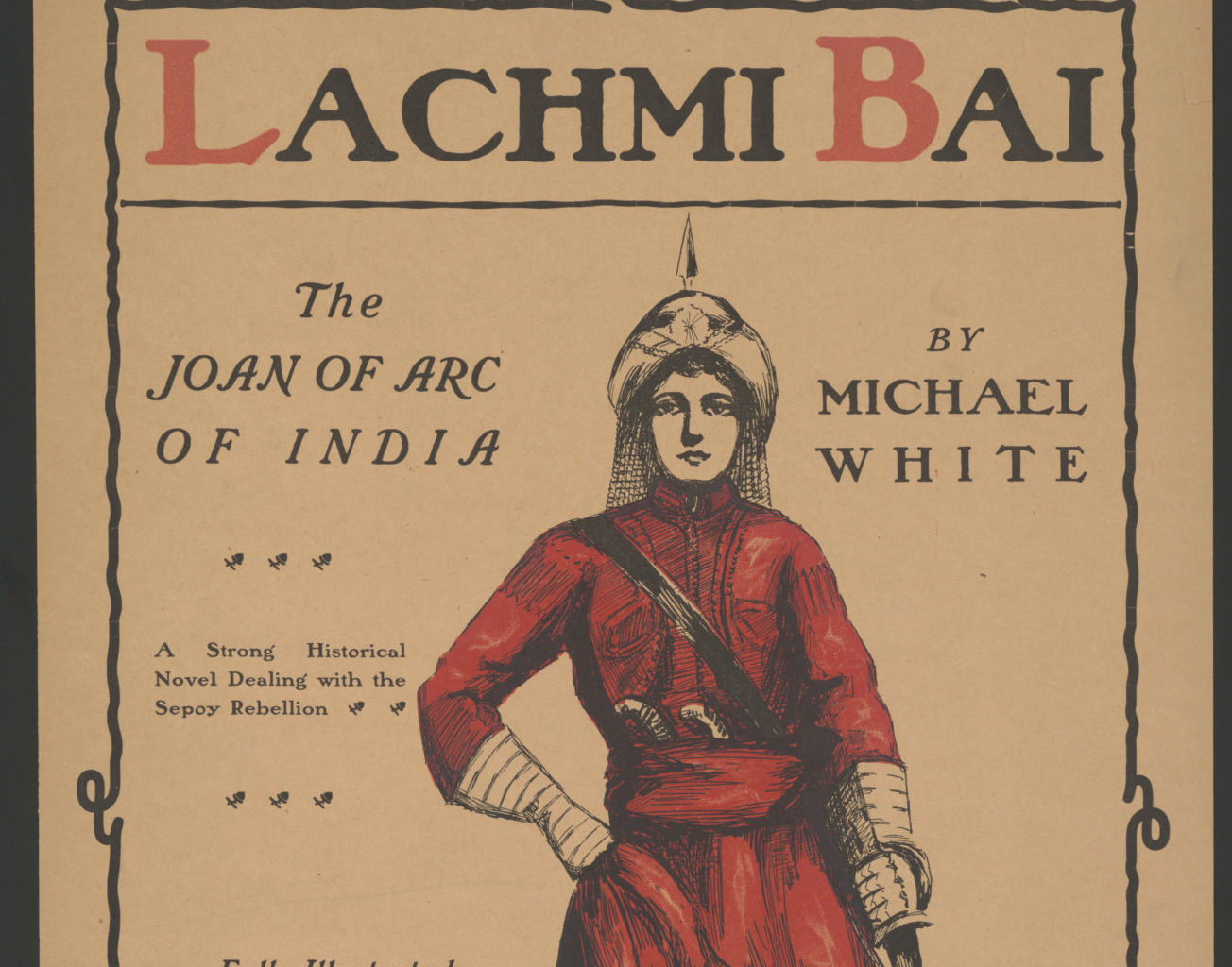 Margaret L White, Wikimedia Commons
Margaret L White, Wikimedia Commons
24. She Got Her Own Guard
After giving Lakshmi the boot, authorities moved British officials into her palace. Knowing they had a firebrand on their hands, they even put out a security detail to specifically deal with her. They should have known this couldn't stop Lakshmi Bai, Rani of Jhansi. She was losing patience, and decided it was time to do something drastic.
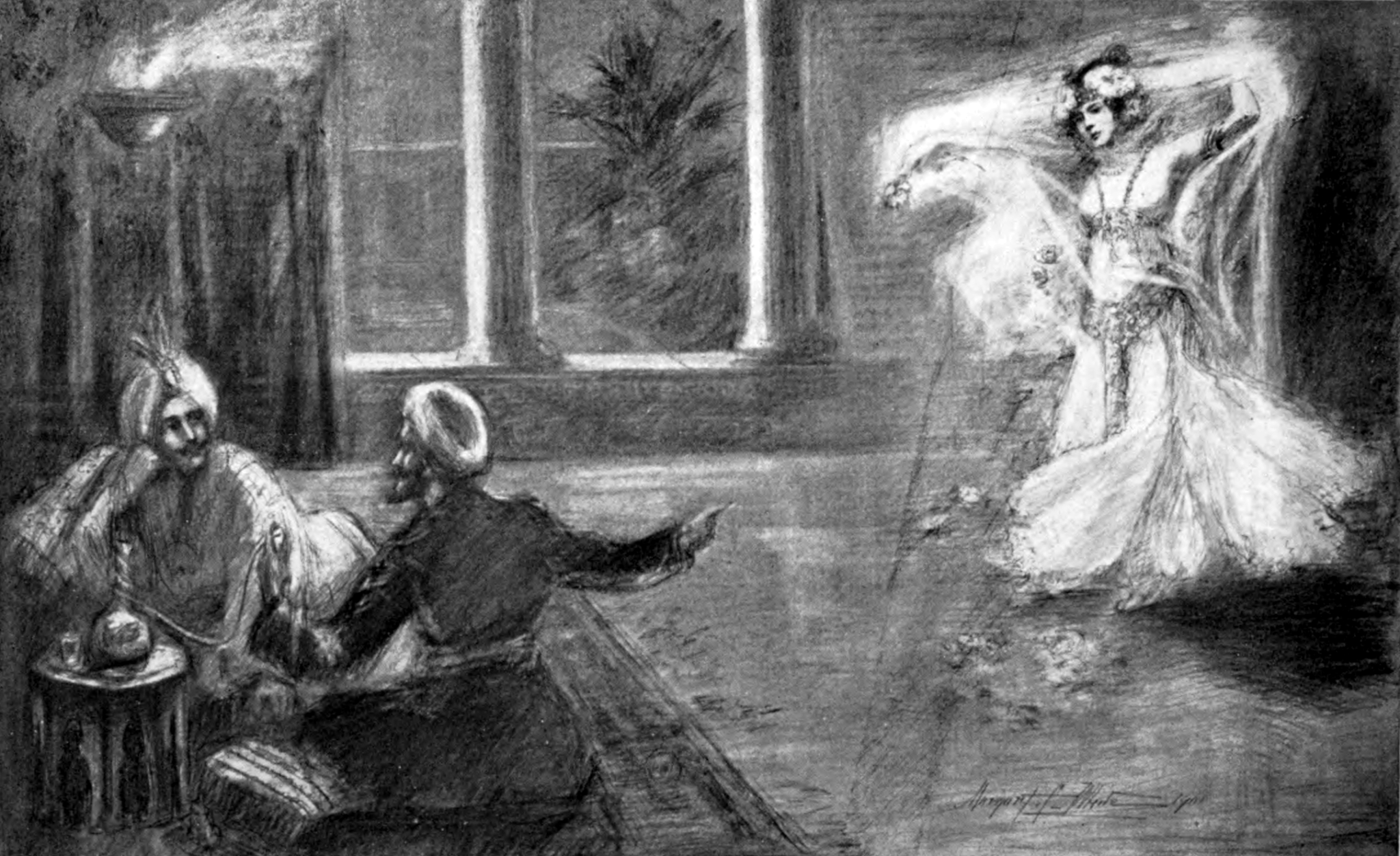 Michael White, Wikimedia Commons
Michael White, Wikimedia Commons
25. She Broke Tradition
Lakshmi Bai was so angry that she broke tradition and personally confronted the British official now occupying her palace, even removing her face covering to speak to the man face-to-face. This behavior sent a serious message—this woman was not playing around. Unfortunately for the British, she wasn't the only one who was angry.
 The Warrior Queen of Jhansi (2019), Roadside Attractions
The Warrior Queen of Jhansi (2019), Roadside Attractions
26. Her Country Was At War
The British were now actively taking over as many Indian kingdoms as they could get their hands on. It wasn’t long until resentment grew to epic proportions, and in 1857 it turned into a full-blown revolt. Indian soldiers started brutally taking out British officials and their families. But Lakshmi Bai's involvement in this might surprise you.
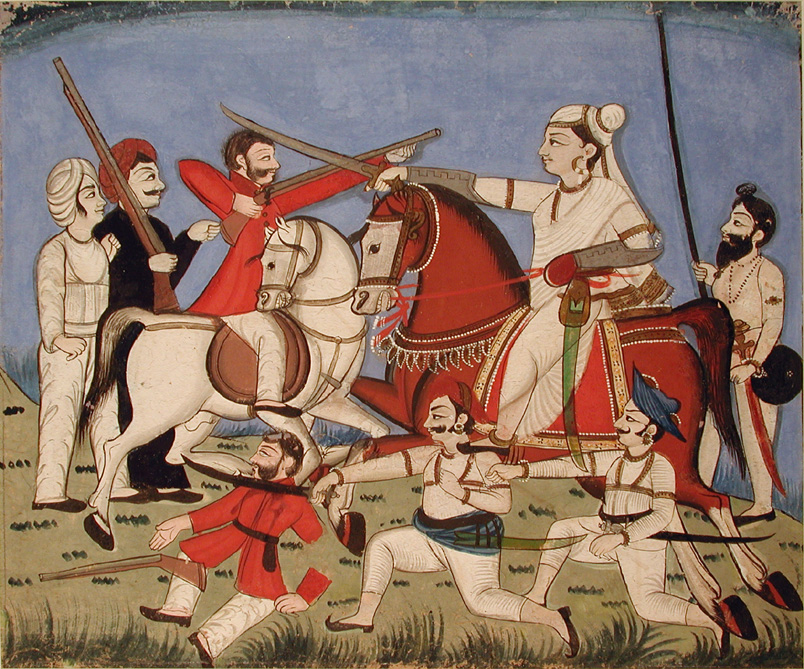 The San Diego Museum of Art Collection, Wikimedia Commons
The San Diego Museum of Art Collection, Wikimedia Commons
27. They Threatened Her State
As the rebellion ramped up, Lakshmi Bai found herself right in the middle of the firefight. One day, the rebels hit her realm, cut off supplies to a British fort, and then slaughtered the people inside when they tried to escape. It was a complete disaster for the British, and they desperately asked Lakshmi Bai for help. Her response was ruthless.
Lakshmi Bai not only said “absolutely not” to her oppressors, she also did it in style, calling them “British swine” in the process. But she was playing a dangerous game.
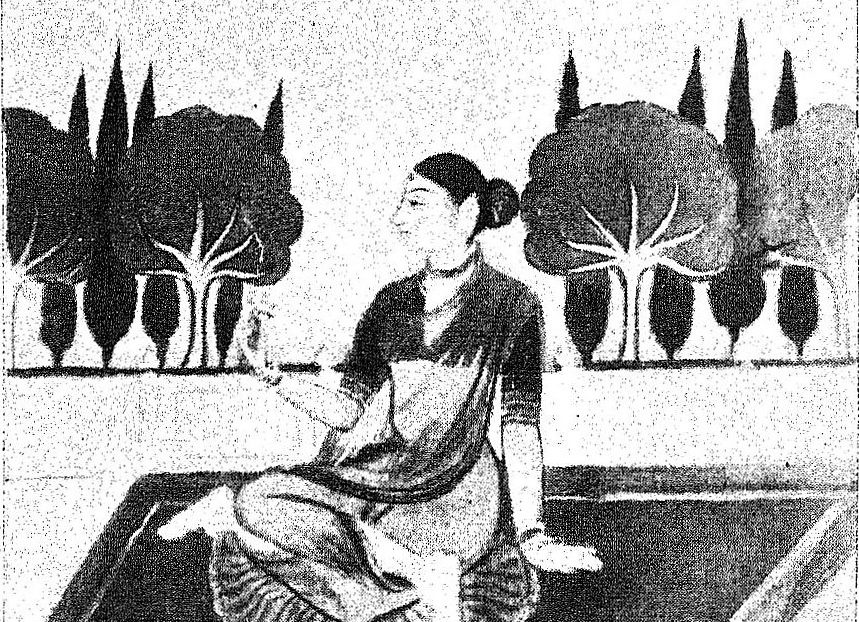 Unknown Author, Wikimedia Commons
Unknown Author, Wikimedia Commons
28. She Played Both Sides
For all her bluster to the British, the rebellion was a double-edged sword for Lakshmi Bai. She might have harbored a desire to see the British fall, yes, but she still had to play nice with her oppressors. So over the course of the rebellion, she likely played both sides, appealing to the British after this incident and possibly helping them at times. But this all backfired on her.
 Charles Ball, CC0, Wikimedia Commons
Charles Ball, CC0, Wikimedia Commons
29. The British Accused Her
Lakshmi Bai had always been a thorn in the side of the British, and they had about as much trust for her as she had for them. One day, it came to a brutal climax. The British accused her of orchestrating some of the rebellion's activities, and they had no intention of letting that stand. Instead, they launched their own revenge.
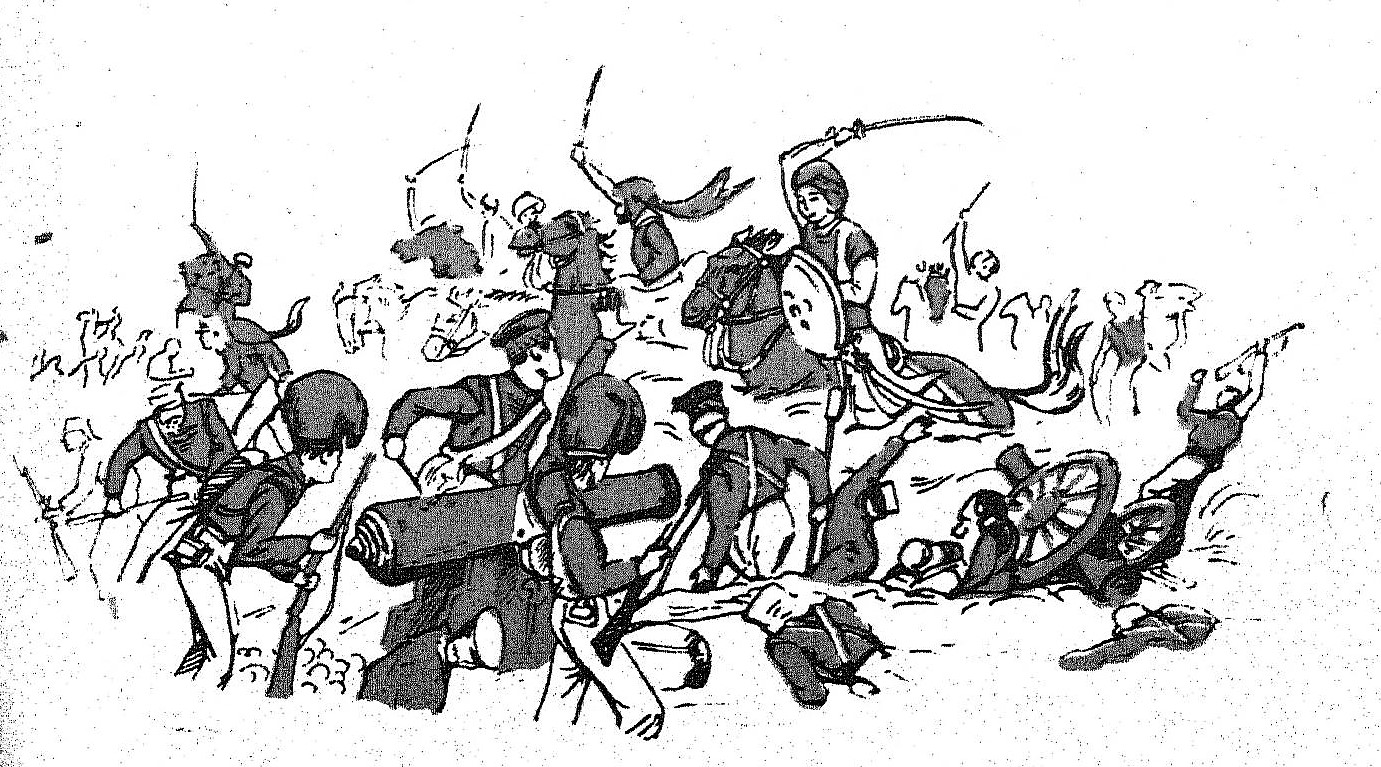 Unknown Author, Wikimedia Commons
Unknown Author, Wikimedia Commons
30. She Was Under Siege
In early 1858, the British began marching toward Jhansi and stormed Lakshmi Bai's fortress. They had a fearsome army, but they had also learned that their opponent wasn't one to be underestimated. After all, Lakshmi Bai was no mere retiring widow. Well, they were right to be on their guard. When they arrived, Lakshmi Bai unleashed.
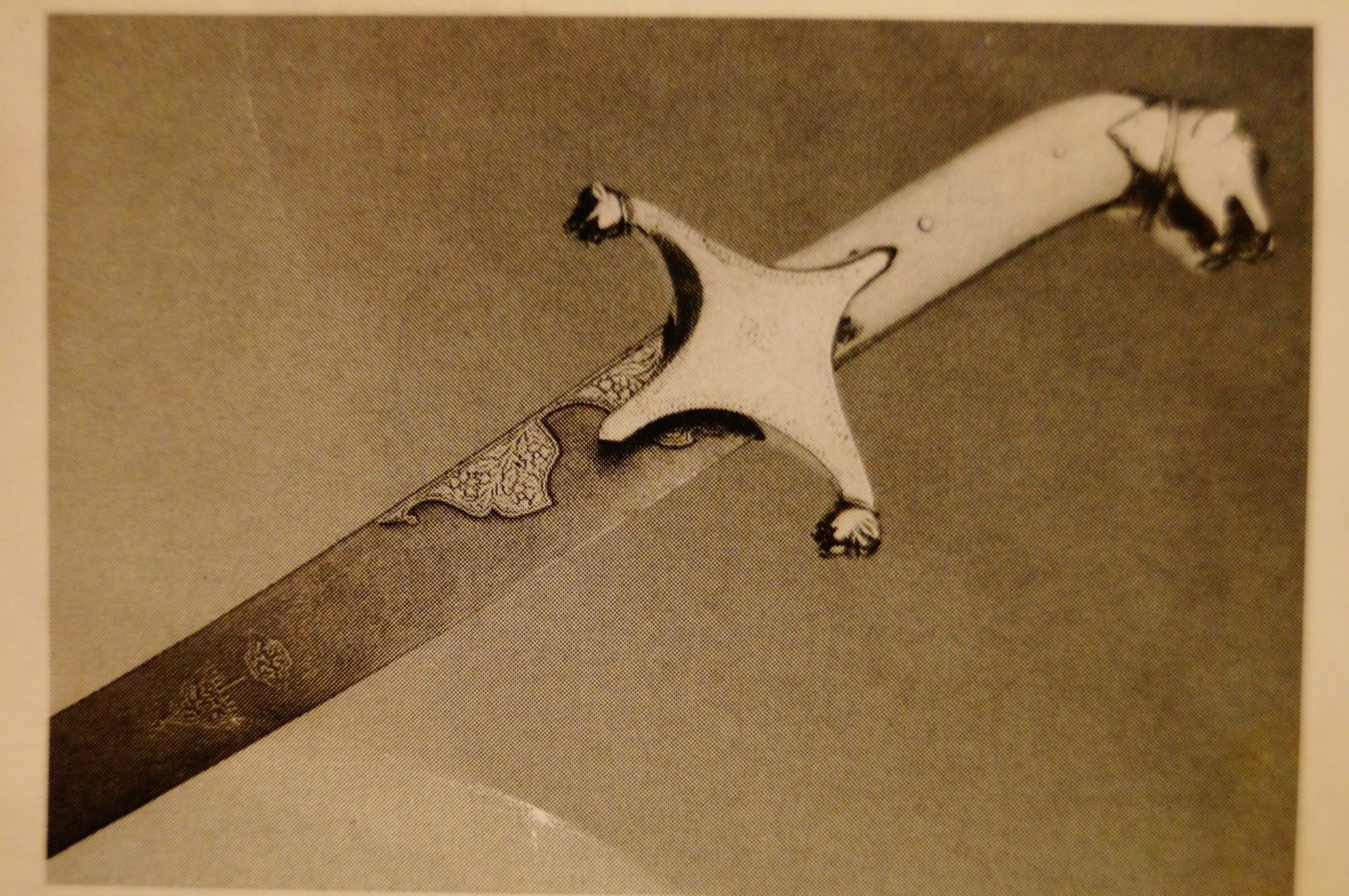 Classical Research, CC0, Wikimedia Commons
Classical Research, CC0, Wikimedia Commons
31. She Was A Tireless Leader
Like the cunning woman she was, Lakshmi Bai had been preparing for this moment for a good long while. She had prepared cannons, other weapons, and re-upped the training on her personal army. When the British came, she fought at the head of her troops, gloriously brave. But it would all come to naught.
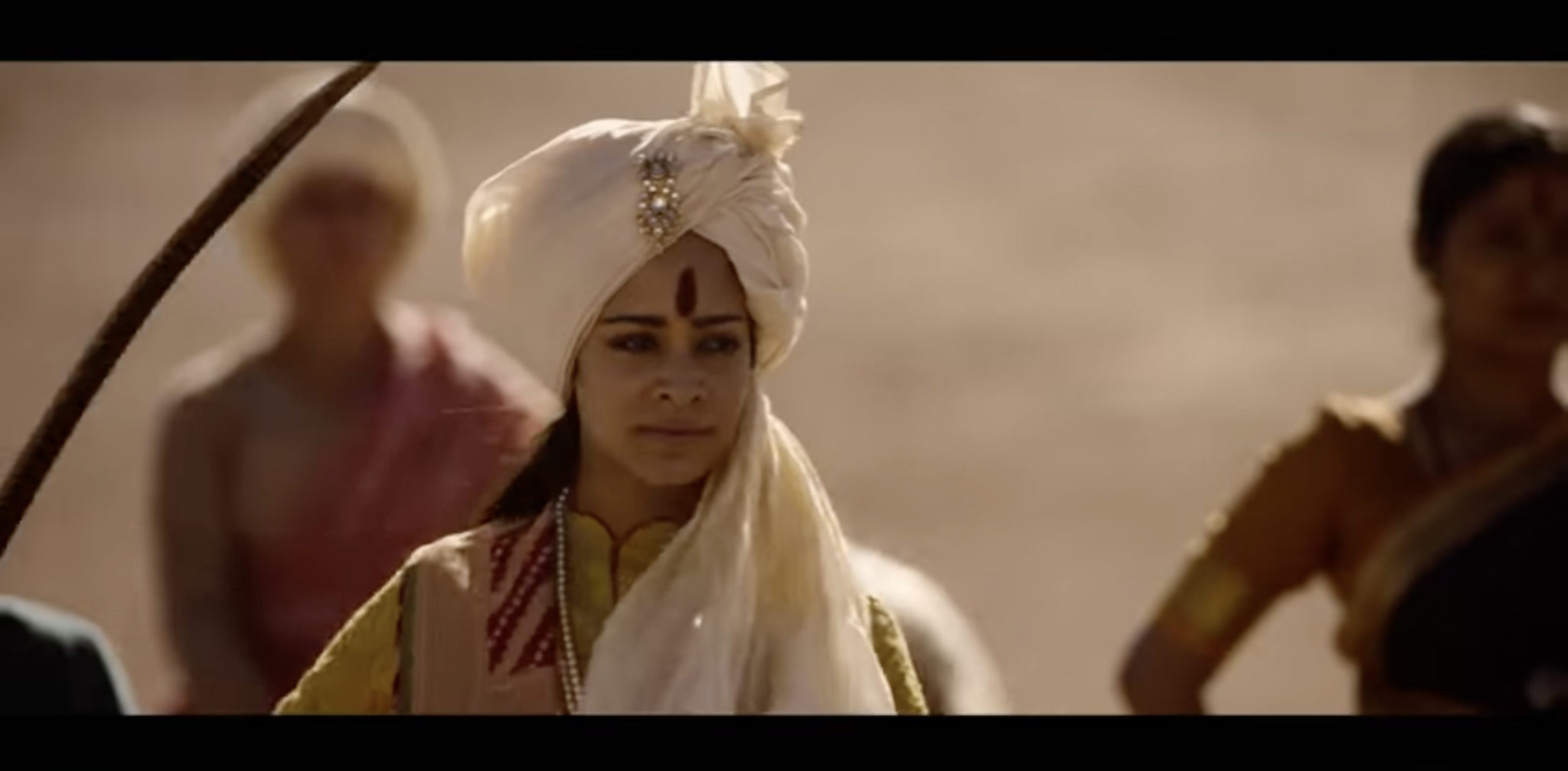 The Warrior Queen of Jhansi (2019), Roadside Attractions
The Warrior Queen of Jhansi (2019), Roadside Attractions
32. The British Beat Her
Despite Lakshmi Bai's intense preparations and hard-won skills, her resources were no match for the British. Soon, the enemy had batted away everything she could throw at them and breached the walls of her fortress. More than that, they targeted Lakshmi Bai’s personal assets, hitting her elephant stables and killing all the animals inside.
Jhansi was in serious trouble. So was its queen.
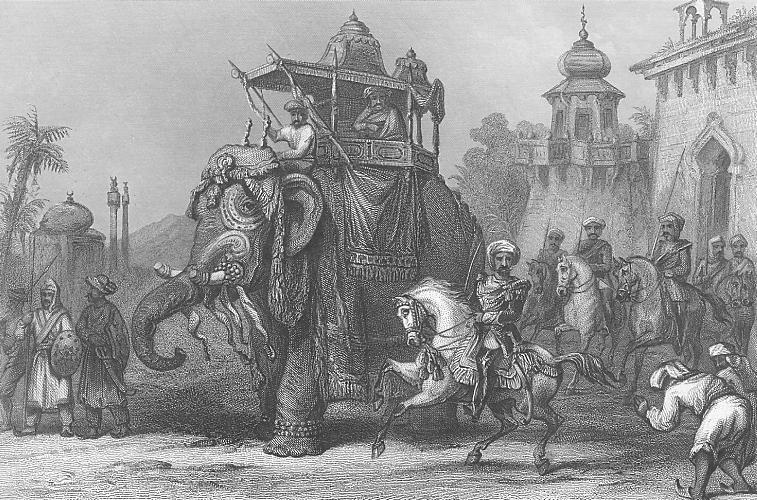 Unknown engraver (London Printing and Publishing Co.), Wikimedia Commons
Unknown engraver (London Printing and Publishing Co.), Wikimedia Commons
33. They Destroyed Her City
Within days, the British army ran rampant in Jhansi. Crowds of people perished in the streets, until the whole populace was in a panic. It led them to desperate measures. “Those who could not escape," a British field surgeon reported, “threw their women and babies down wells and then jumped down themselves". There was only one thing left for Lakshmi Bai to do.
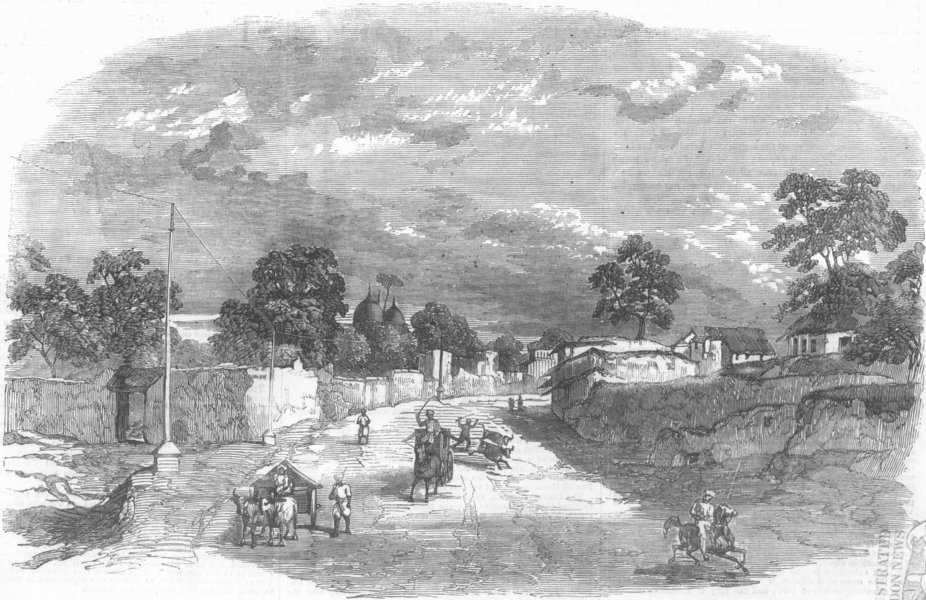 The Illustrated London News, Wikimedia Commons
The Illustrated London News, Wikimedia Commons
34. She Made A Great Escape
With her realm crumbling around her, Lakshmi Bai made a daring escape. According to one report, one of her closest aides disguised herself as the queen so Lakshmi Bai could slip out of the haze of battle. But she didn't go alone: She strapped her adopted son to her back and escaped the fortress on horseback.
She was finally out, but that didn't mean her family was safe.
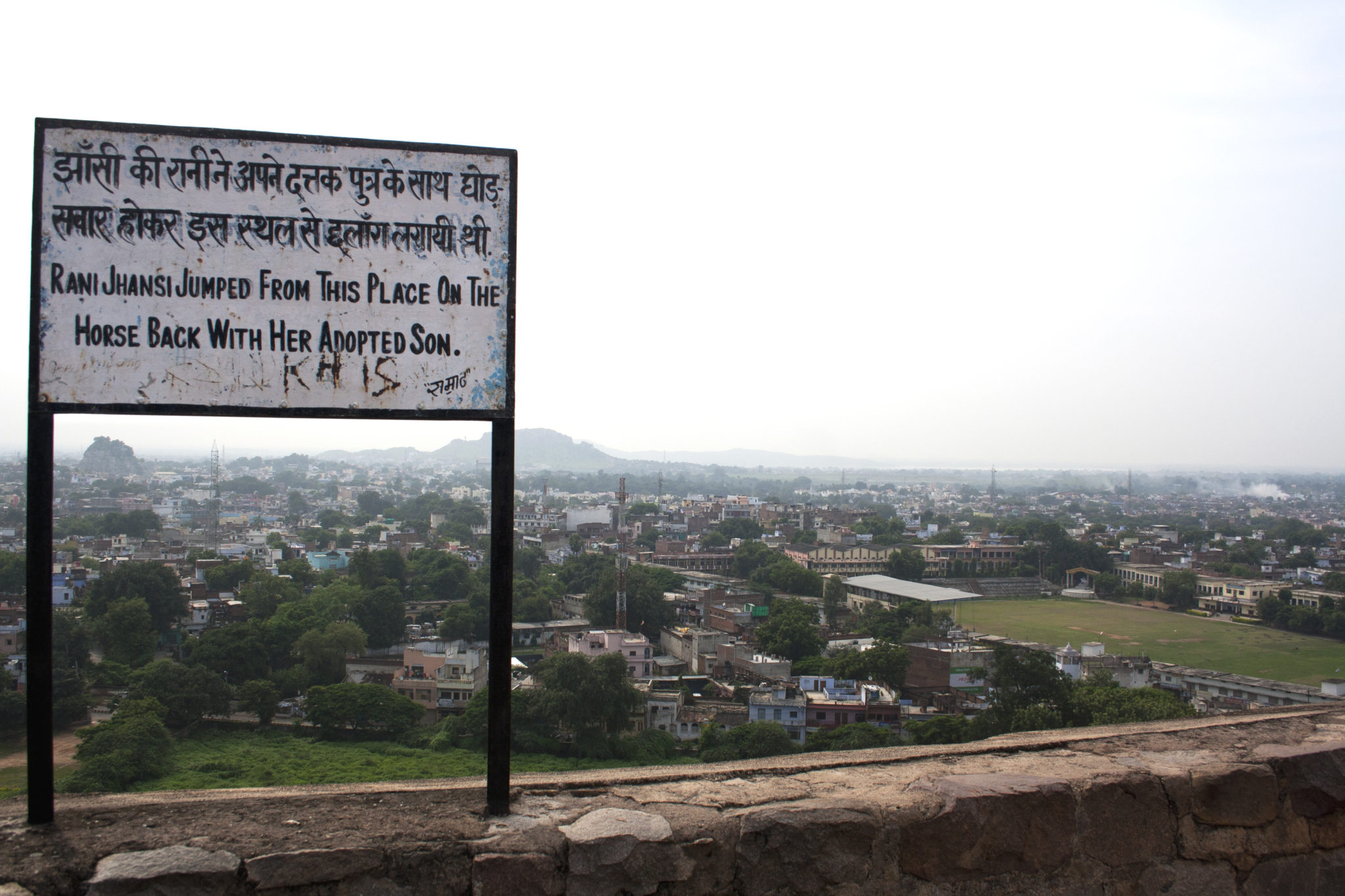 Avinashmaurya, CC BY-SA 3.0, Wikimedia Commons
Avinashmaurya, CC BY-SA 3.0, Wikimedia Commons
35. Her Father Didn’t Make It
Lakshmi Bai’s father also managed to escape, even though the fighting had gravely injured him. Still, he rode all night and found a shop owner who he thought would help him. It was a dark error. The shop owner sold him out to the British East India Company, and soldiers promptly hanged him. But Lakshmi Bai had more fight left in her.
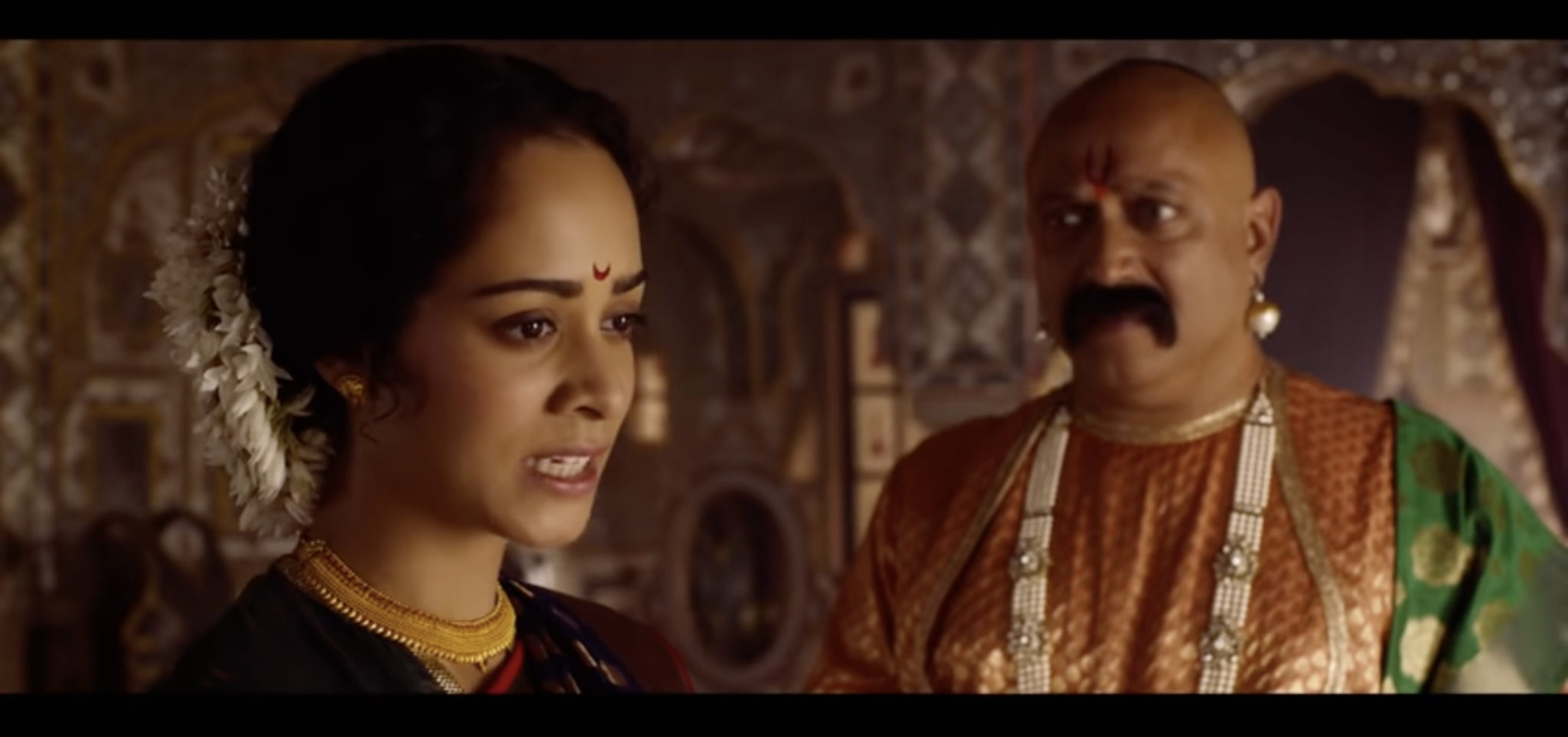 The Warrior Queen of Jhansi (2019), Roadside Attractions
The Warrior Queen of Jhansi (2019), Roadside Attractions
36. She Reunited With Someone Close
In her incredible escape, Lakshmi Bai rode nearly a hundred miles in just one day before finally reaching a fortress in Kalpi. It was a mighty stronghold filled with other resistance fighters, and although she must have been exhausted, the atmosphere likely helped to re-invigorate her. Plus, there was a surprise waiting.
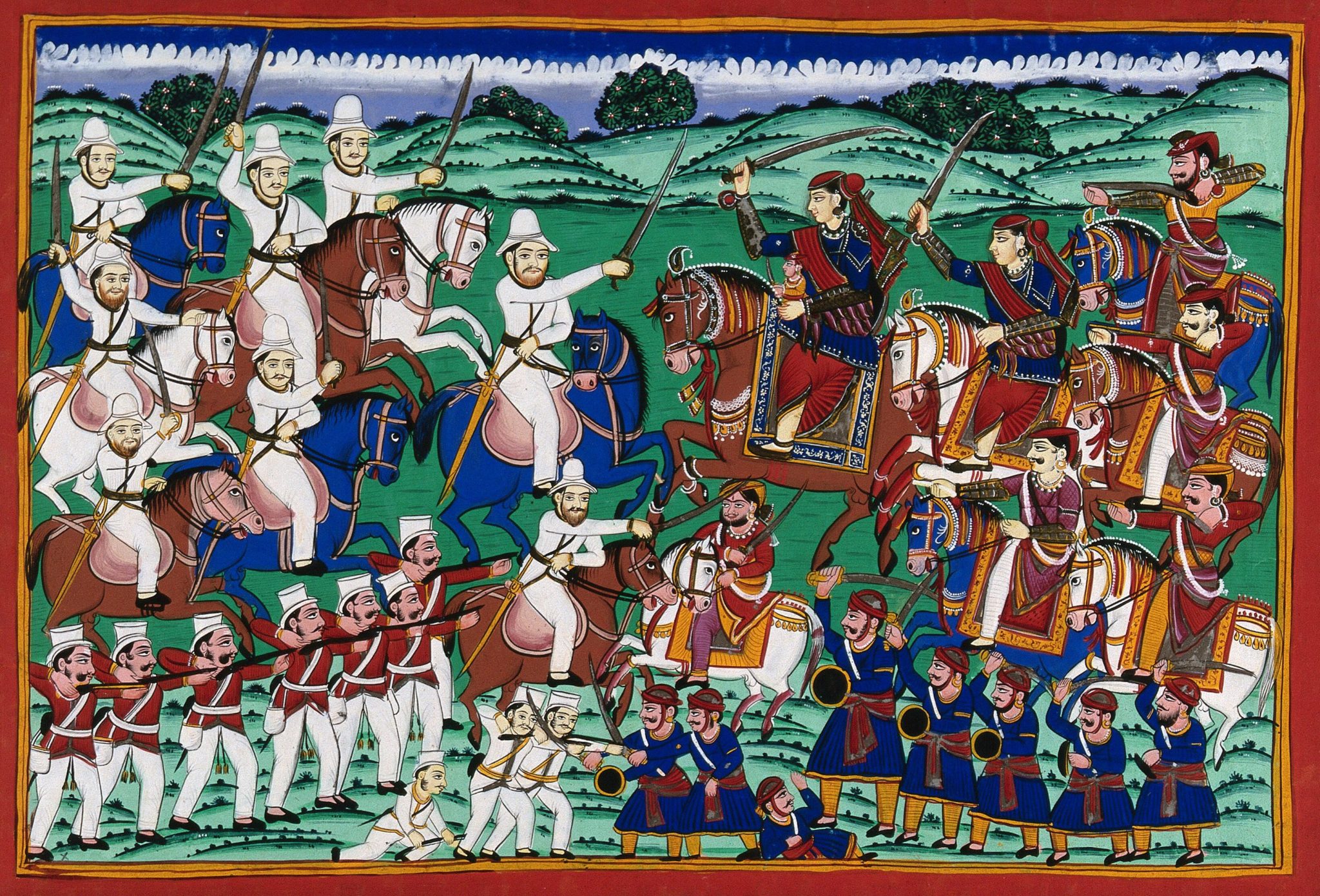 Unknown Author, Wikimedia Commons
Unknown Author, Wikimedia Commons
37. She Joined The Rebels
When Lakshmi Bai pulled into Kalpi that day, she met some familiar faces. Two of the resistance leaders were actually her closest childhood friends, Nana Sahib and Tantia Tope. She had complete trust in them, and it led her to a fateful decision. At long last, after the sacking of her kingdom, she was all-in for the revolution.
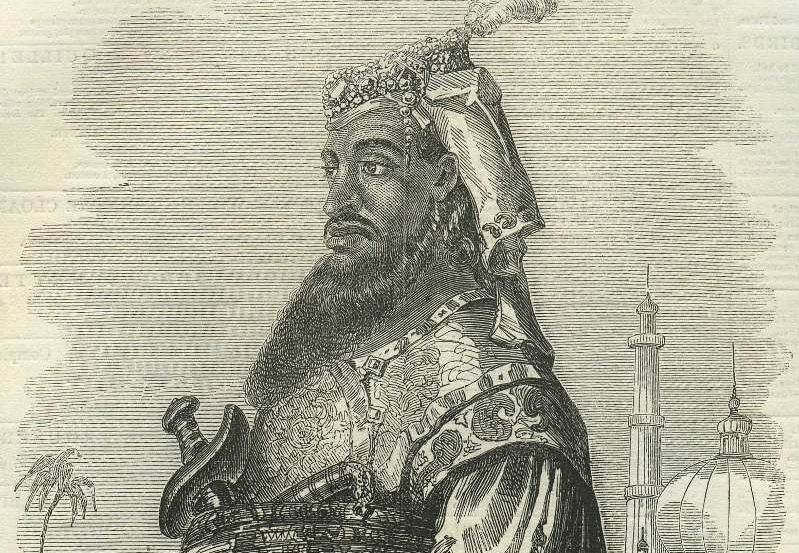 Thomas Harrington Wilson, The Illustrated London News, Wikimedia Commons
Thomas Harrington Wilson, The Illustrated London News, Wikimedia Commons
38. She Had Hidden Foes
Lakshmi Bai geared up the troops she had left, training them in the city of Gwalior. While there, she hoped to gain more allies and grow their forces. What she got was a rude awakening. The Maharaja of the realm was a British loyalist, and immediately tried to put down Lakshmi Bai and her friends. But fate had other plans.
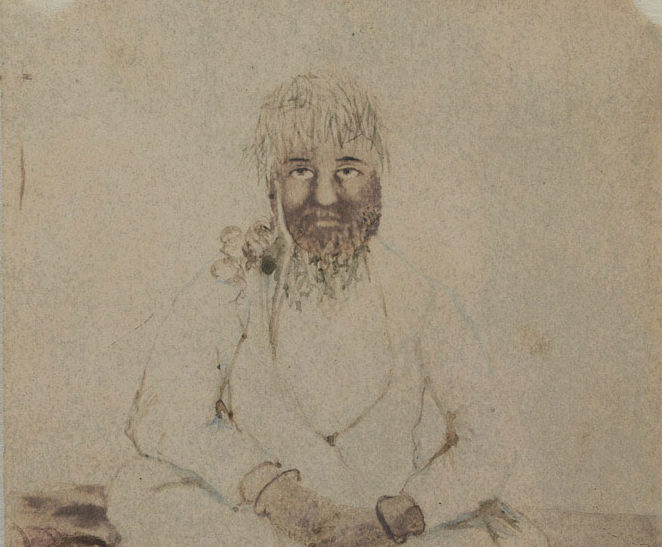 Captain C. R. Baugh, Wikimedia Commons
Captain C. R. Baugh, Wikimedia Commons
39. She Inspired A Mutiny
When the ruler attempted to push back against the rebels, a brilliant plot twist occurred. Seeing just how powerful and inspirational Lakshmi Bai and her friends were, his entire army turned on him. It was such an enormous mutiny, the man actually fled the city, fearing for his life. Yet danger still loomed on the horizon.
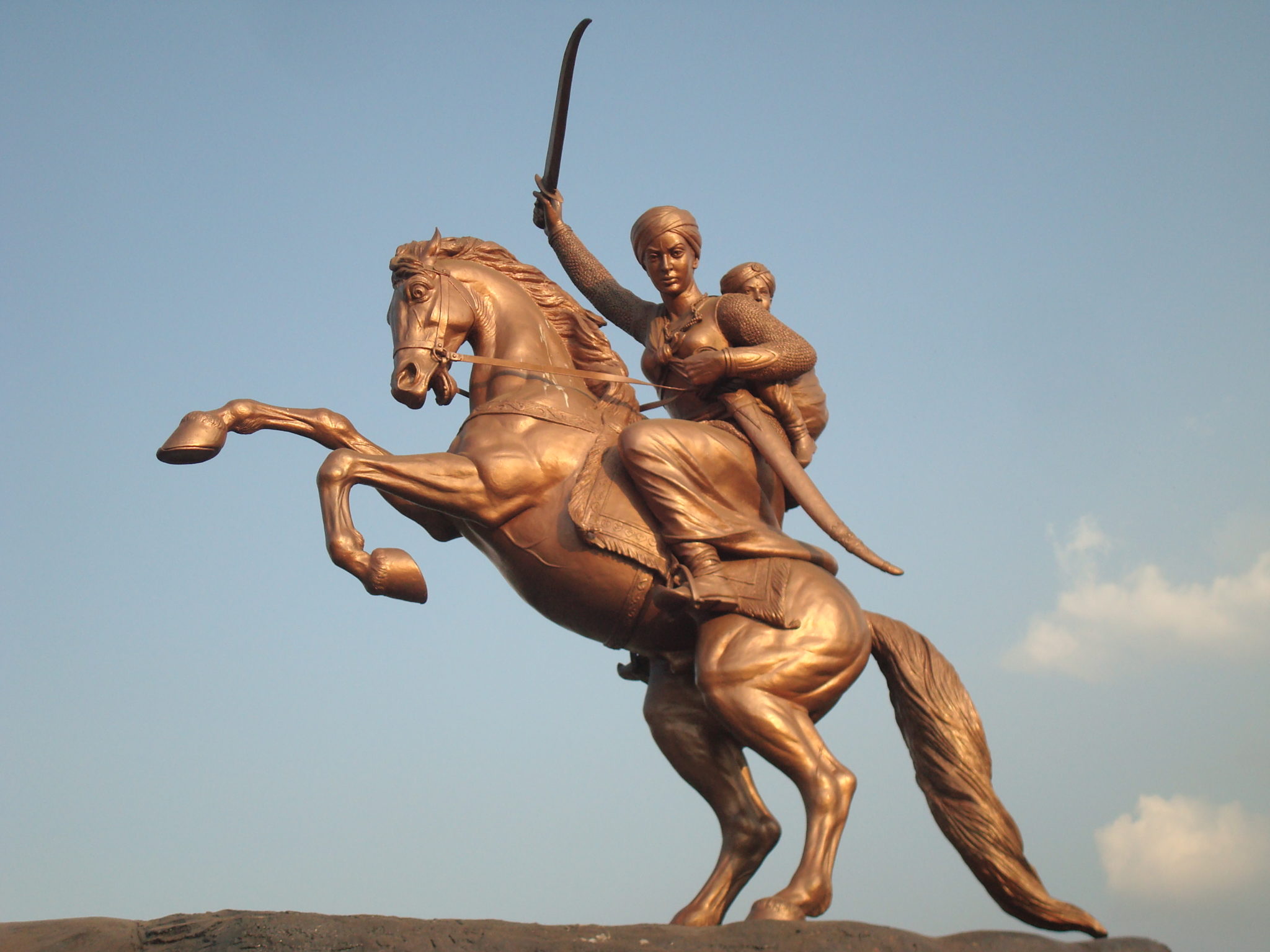 Dharmadhyaksha, CC BY-SA 3.0, Wikimedia Commons
Dharmadhyaksha, CC BY-SA 3.0, Wikimedia Commons
40. She Led The Countercharge
That scorching hot summer, the British finally caught back up with Lakshmi Bai and attacked Gwailor. It was the last straw. The rebels knew they had to hit back, and, in a show of devotion to the Rani, they decided she should be the one to lead their countercharge on the British. Lakshmi Bai did not disappoint.
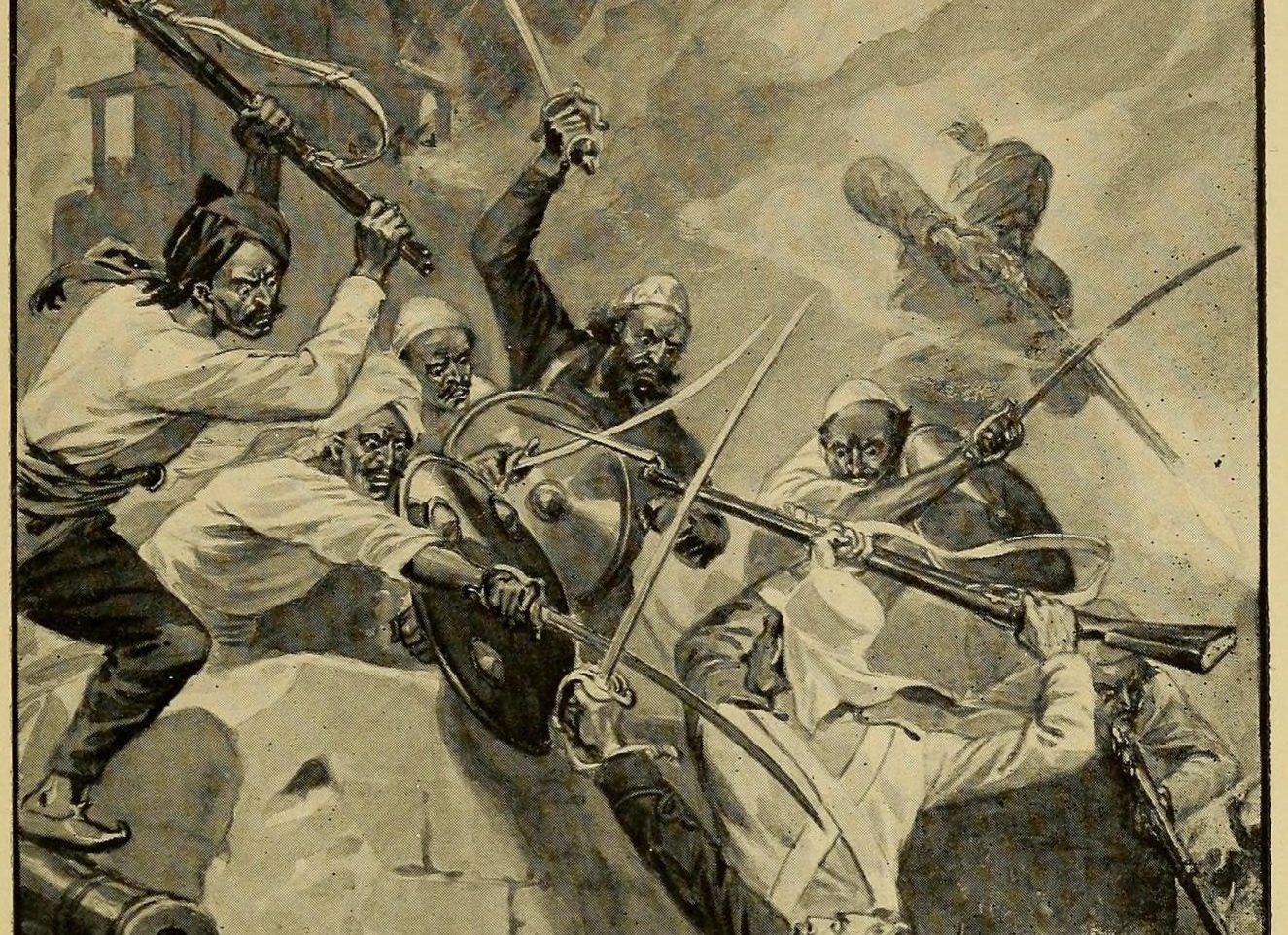 Edward Gilliat, Wikimedia Commons
Edward Gilliat, Wikimedia Commons
41. She Made A Cutting Figure
The Rani of Jhansi knew exactly how to get people's attention, and she addressed her troops and began the battle that day dressed like a man and atop a mighty steed. She then thundered out into the battlefield, ready to give her life for her country and her cause. Sadly, that's exactly what she would do that day.
 Raunak agrawal29, CC BY-SA 4.0, Wikimedia Commons
Raunak agrawal29, CC BY-SA 4.0, Wikimedia Commons
42. She Was Cool Under Pressure
Lakshmi Bai fought tooth and nail for her independence, but the battle on June 17, 1858 was brutal. The British charged at the Indian force, felling large swaths of them. The Rani kept her composure amidst it all, even after she got wounded and the fray separated her from her horse. But when the end came, it wasn't pretty.
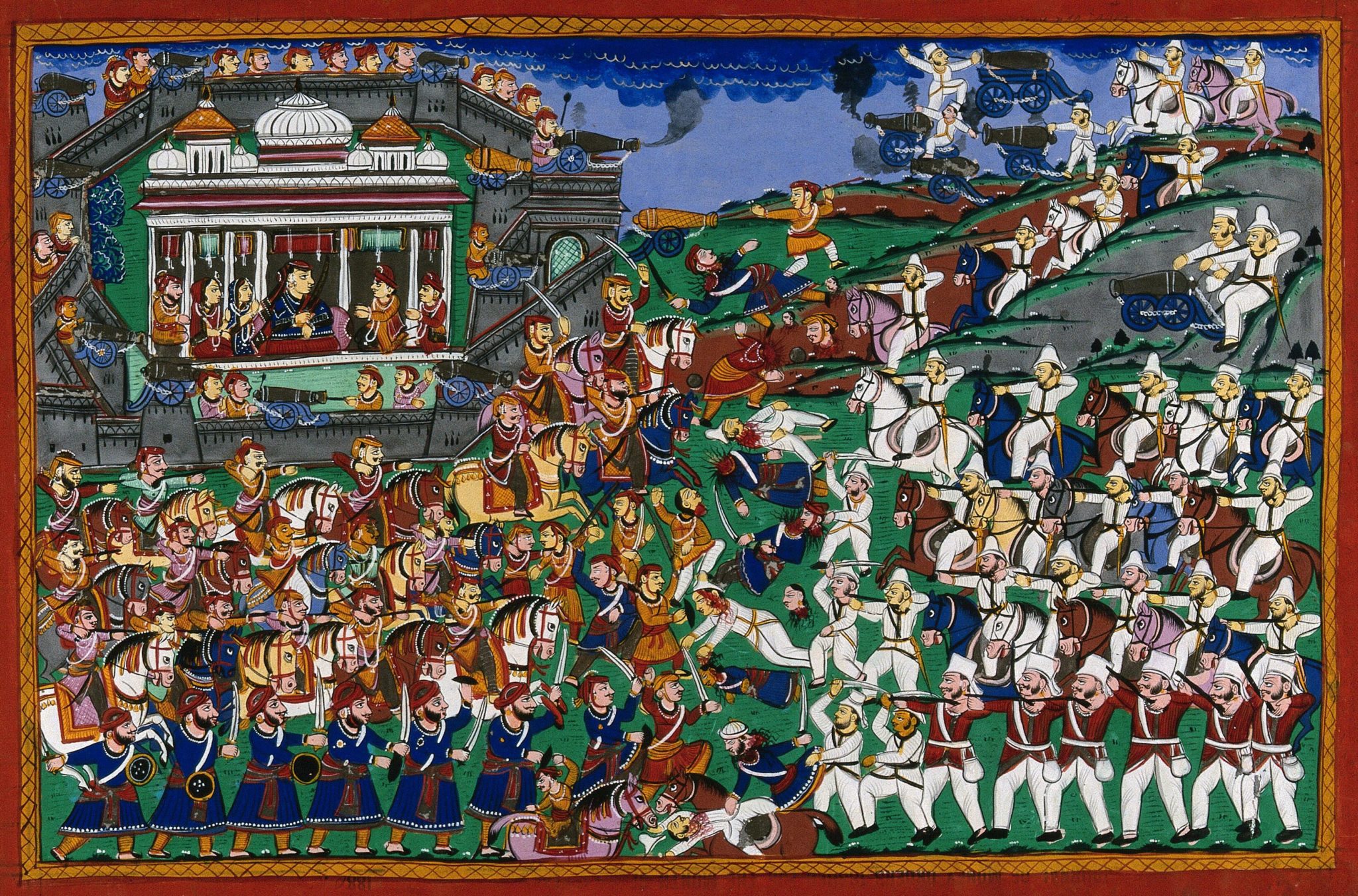 Anonymous Author, Wikimedia Commons
Anonymous Author, Wikimedia Commons
43. She Met Her Maker
As the battle calmed down, at least according to one story, Lakshmi Bai realized she how hurt she was and sat by the roadside trying to recover. Suddenly, however, she spotted one of the British soldiers she had skirmished with and fired her pistol at him. It would be her last brave act. The man fired back at her, fatally wounding her. Still, she had one last wish.
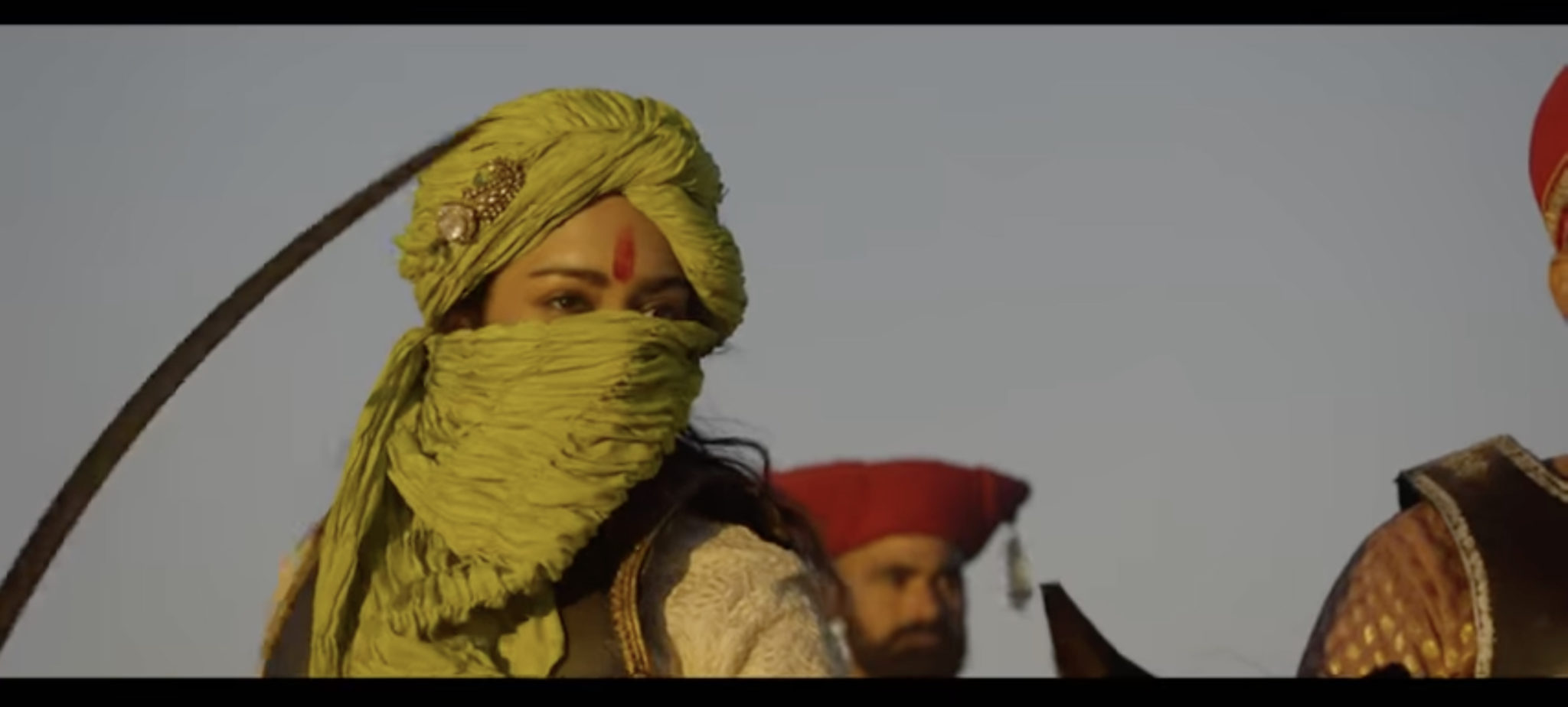 The Warrior Queen of Jhansi (2019), Roadside Attractions
The Warrior Queen of Jhansi (2019), Roadside Attractions
44. She Had A Final Wish
Reportedly, when Lakshmi Bai realized she was probably too wounded to go on, she asked a hermit to cremate her body once it was all over. That way, the British would never have her as a war trophy. Accordingly, locals loyal to her cause honored her wishes, and she escaped the clutches of the British one last time. Her friend wasn't so lucky.
 The Warrior Queen of Jhansi (2019), Roadside Attractions
The Warrior Queen of Jhansi (2019), Roadside Attractions
45. She Didn't Get A Happy Ending
Not long after Lakshmi Bai was no more, so too was the resistance. After her passing, her close friend Tantia Tope continued fighting as best he could, but the British eventually captured and executed him. That said, her other friend Nana Sahib disappeared into the ether, never to be found. Like Lakshmi Bai herself, he is something of a legend today.
46. Her Demise Earned Her Respect
Lakshmi Bai's last stand sadly ended with a victory for the British, yes. But even her enemies knew she was a worthy opponent. The British commander Hugh Rose called her the "most dangerous of all Indian leaders". But even in death, her reputation lived on.
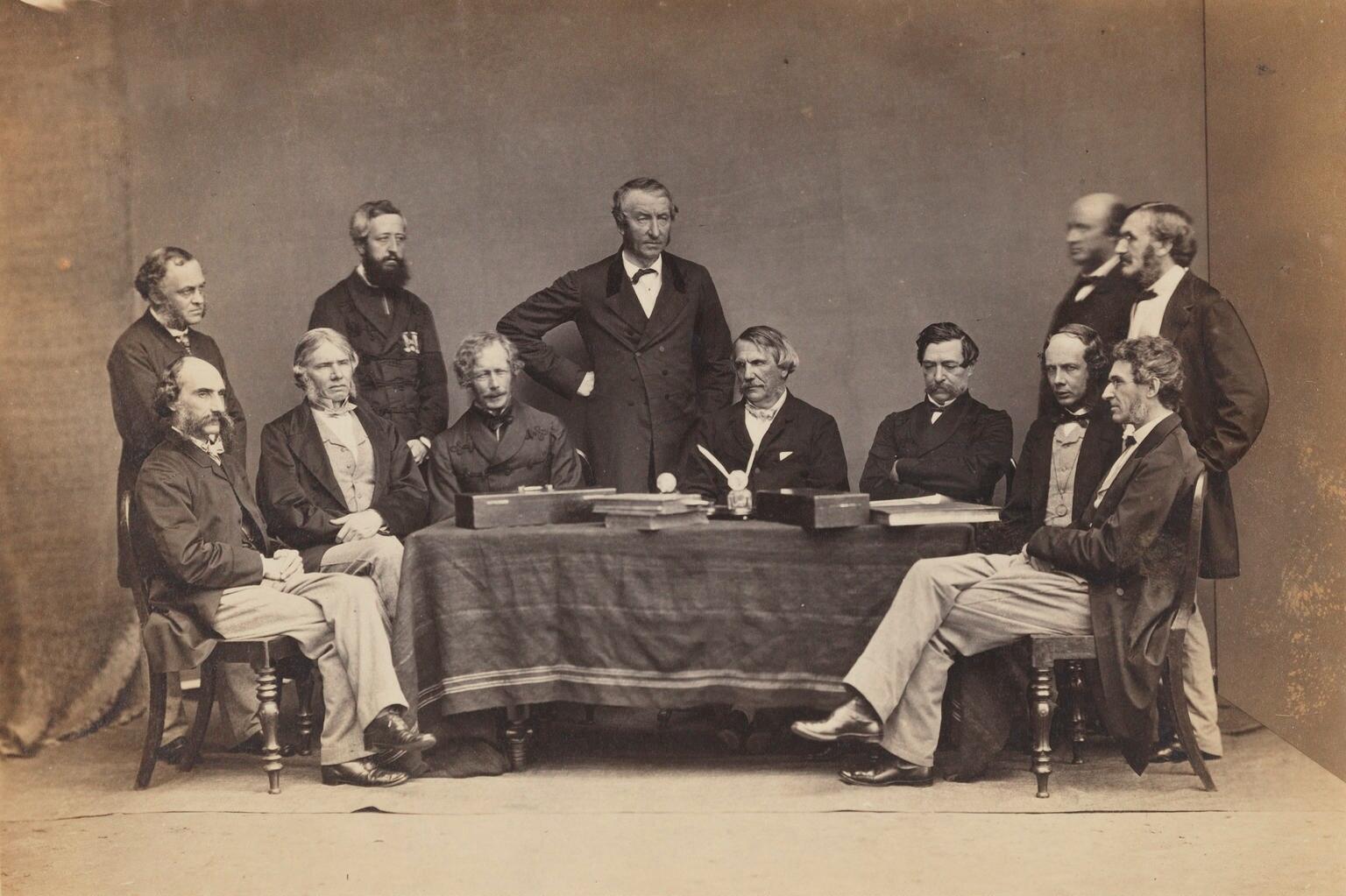 Bourne & Shepherd, Wikimedia Commons
Bourne & Shepherd, Wikimedia Commons
47. Her Rivals Secretly Admired Her
While she was living, the British liked to call Lakshmi Bai the "Jezebel of India," painting her as a scheming and cunning woman out for blood. Hugh Rose, however, once again had quite a different idea. In a nod of respect to her, he once noted:“The Indian Mutiny had produced but one man, and that man was a woman”.
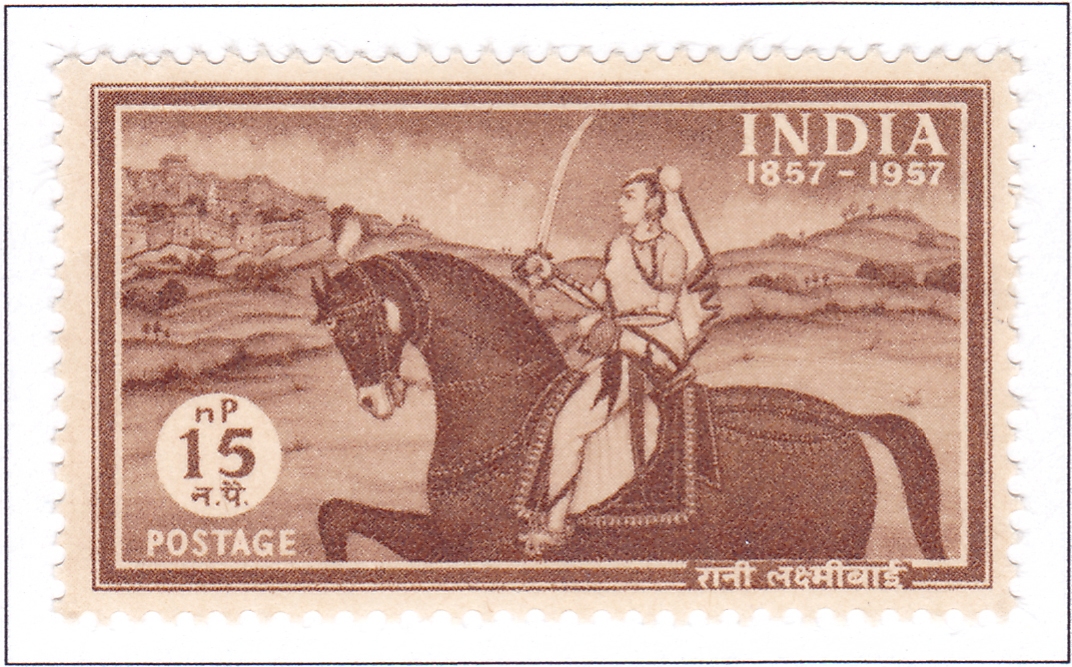 Muddy Rhino, CC BY-SA 4.0, Wikimedia Commons
Muddy Rhino, CC BY-SA 4.0, Wikimedia Commons
48. She Became A National Heroine
In modern-day India, people recognize the Rani of Jhansi as a national heroine. Far from a Jezebel figure, they look on her more as a Joan of Arc, fighting for her cause no matter what the cost. Accordingly, she has multiple statues, television series, and streets in India to show the sacrifice she made for her country.
Only, she doesn't just live on in memory. She produced real change.
49. She Won A Victory After All
After this spate of rebellion ended, the British didn't entirely forget the lessons Lakshmi Bai taught them. In particular, they realized the East India Company was not helping matters in India, and dissolved it in favor of Crown rule. A shallow victory? Maybe, but it was one step closer to true freedom for Lakshmi Bai's successors. And there's more.
50. She Set A Precedent
In 1940, almost a century after Lakshmi Bai died, the Indian National Army formed an all-female group that assisted the country in its battle for independence. They called this unit the “Rani of the Jhansi regiment” and it became a hot topic in history books around the world. Now that's how you do it.
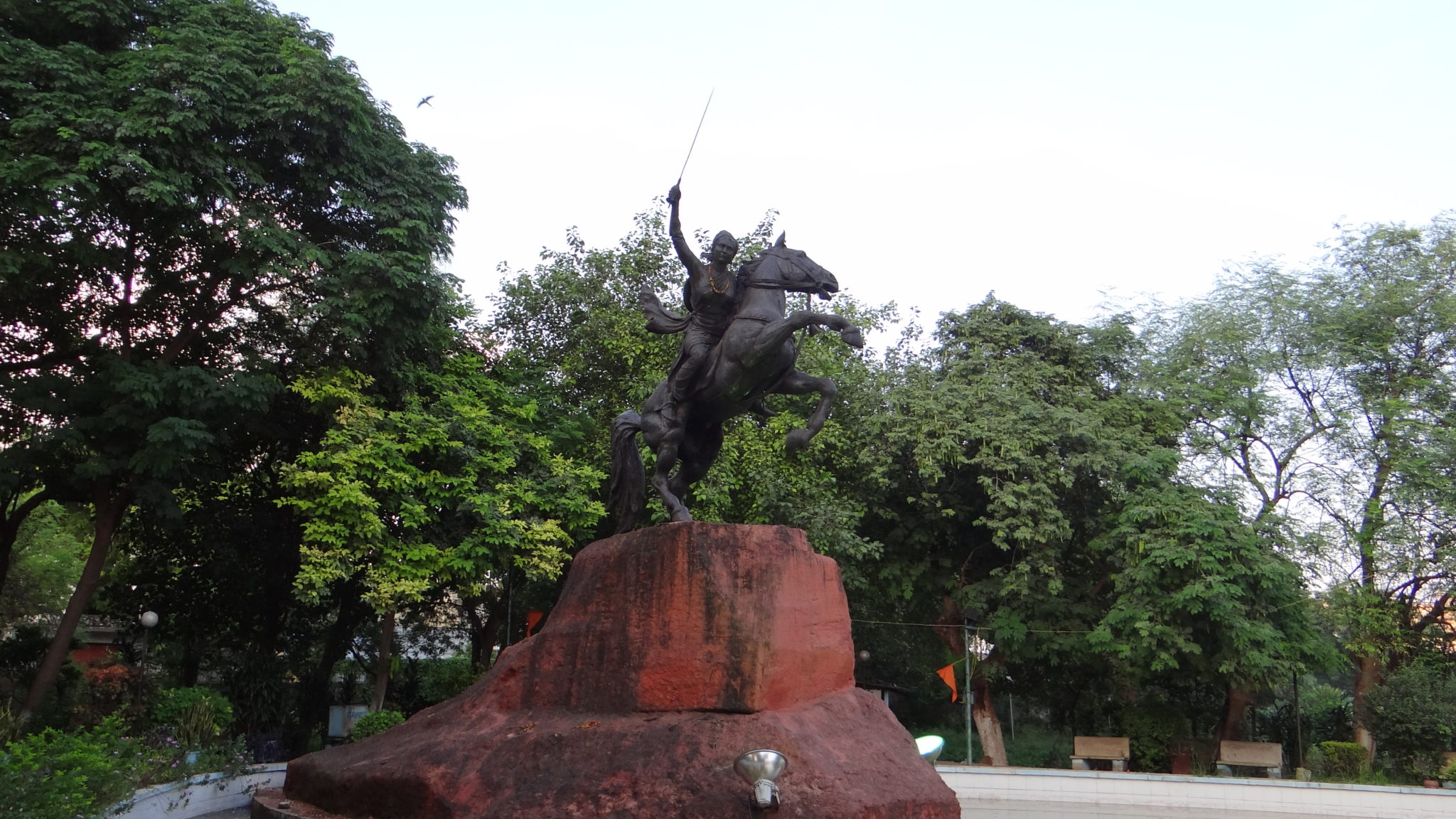 VidhuKhare, CC BY-SA 3.0, Wikimedia Commons
VidhuKhare, CC BY-SA 3.0, Wikimedia Commons
You May Also Like:
Empress Matilda, The Warrior Princess
The Onna-Bugeisha, Japan's Lethal Warrior Women
Nzinga, Africa's Fierce Warrior Queen

